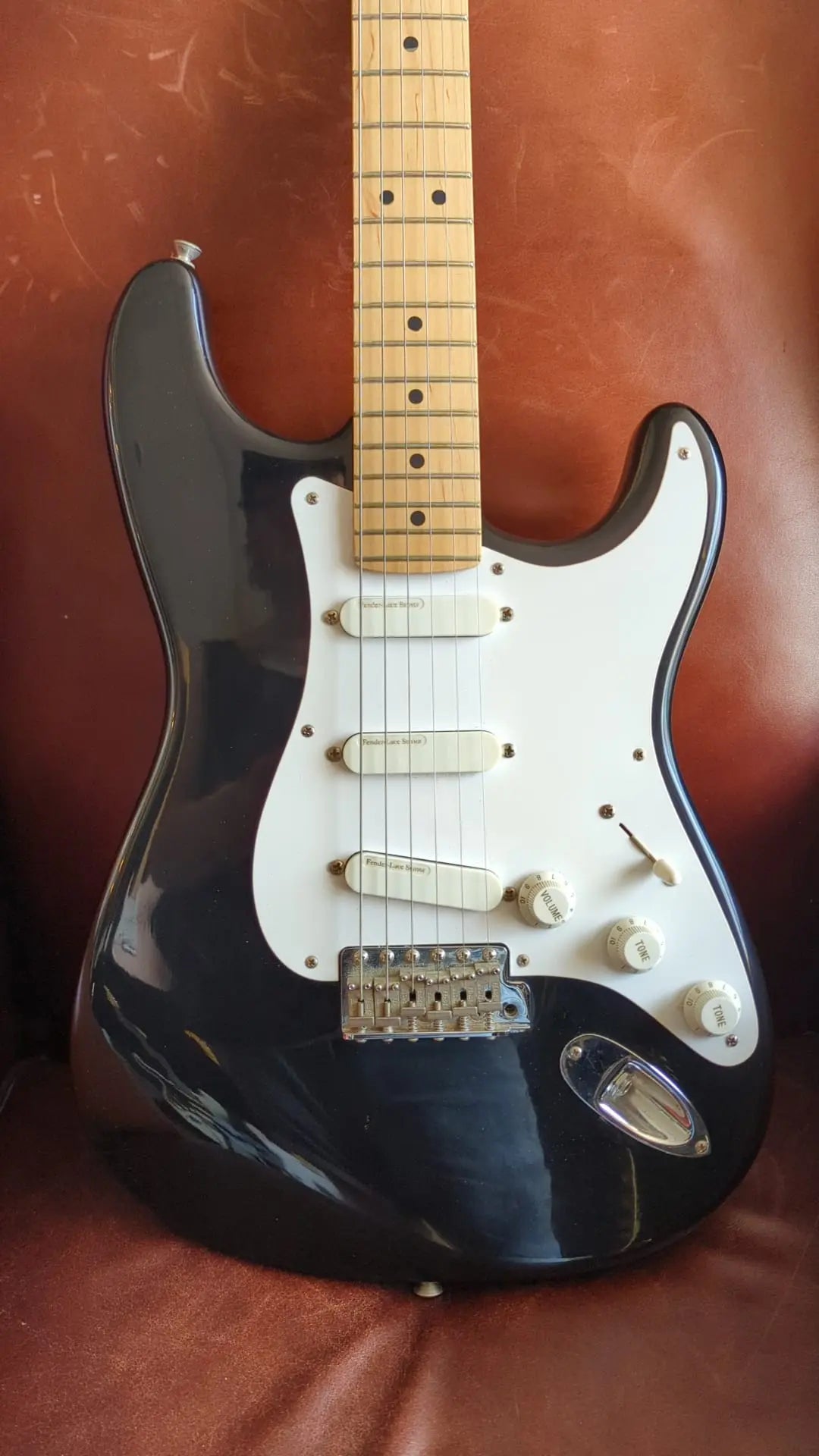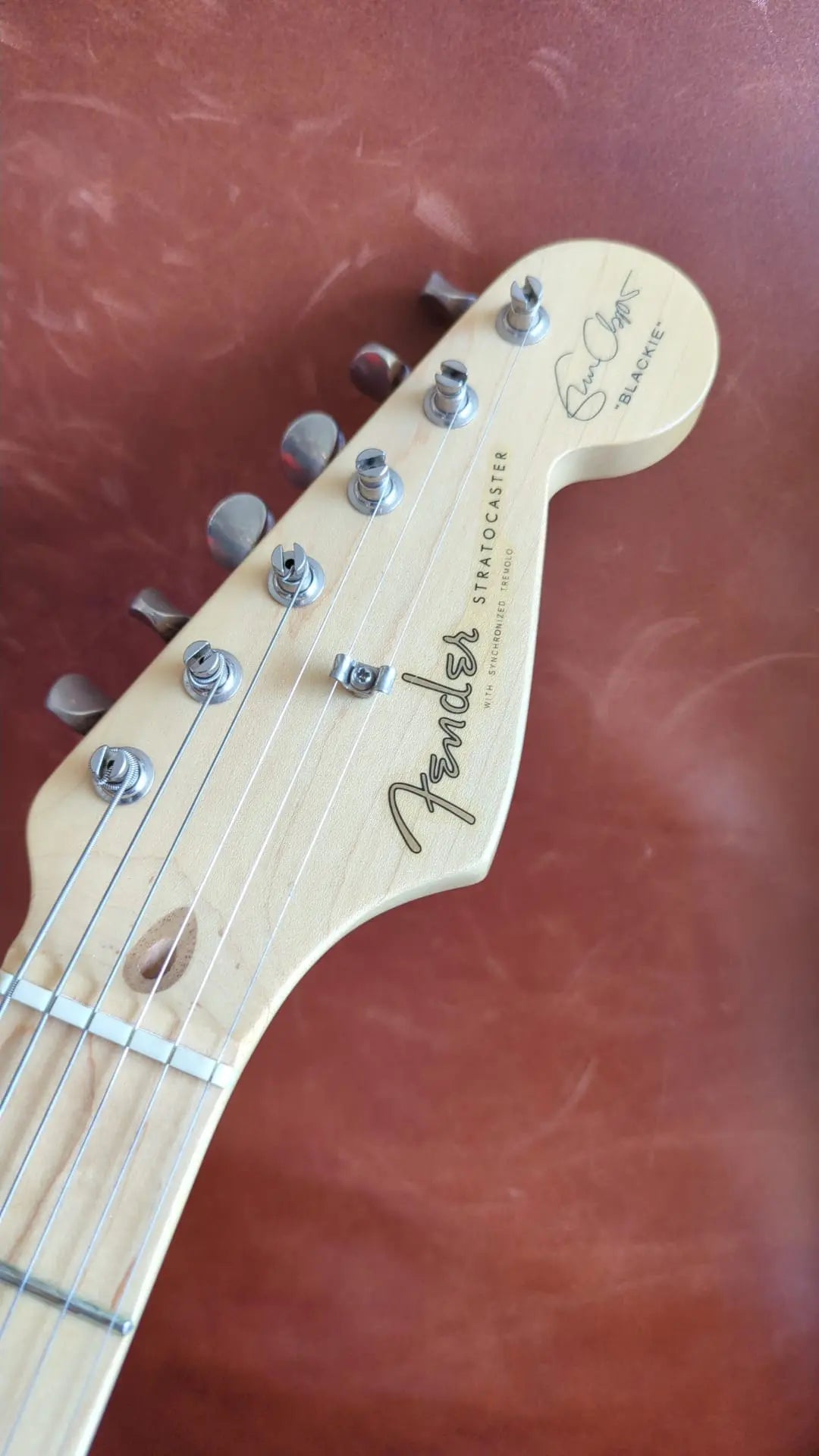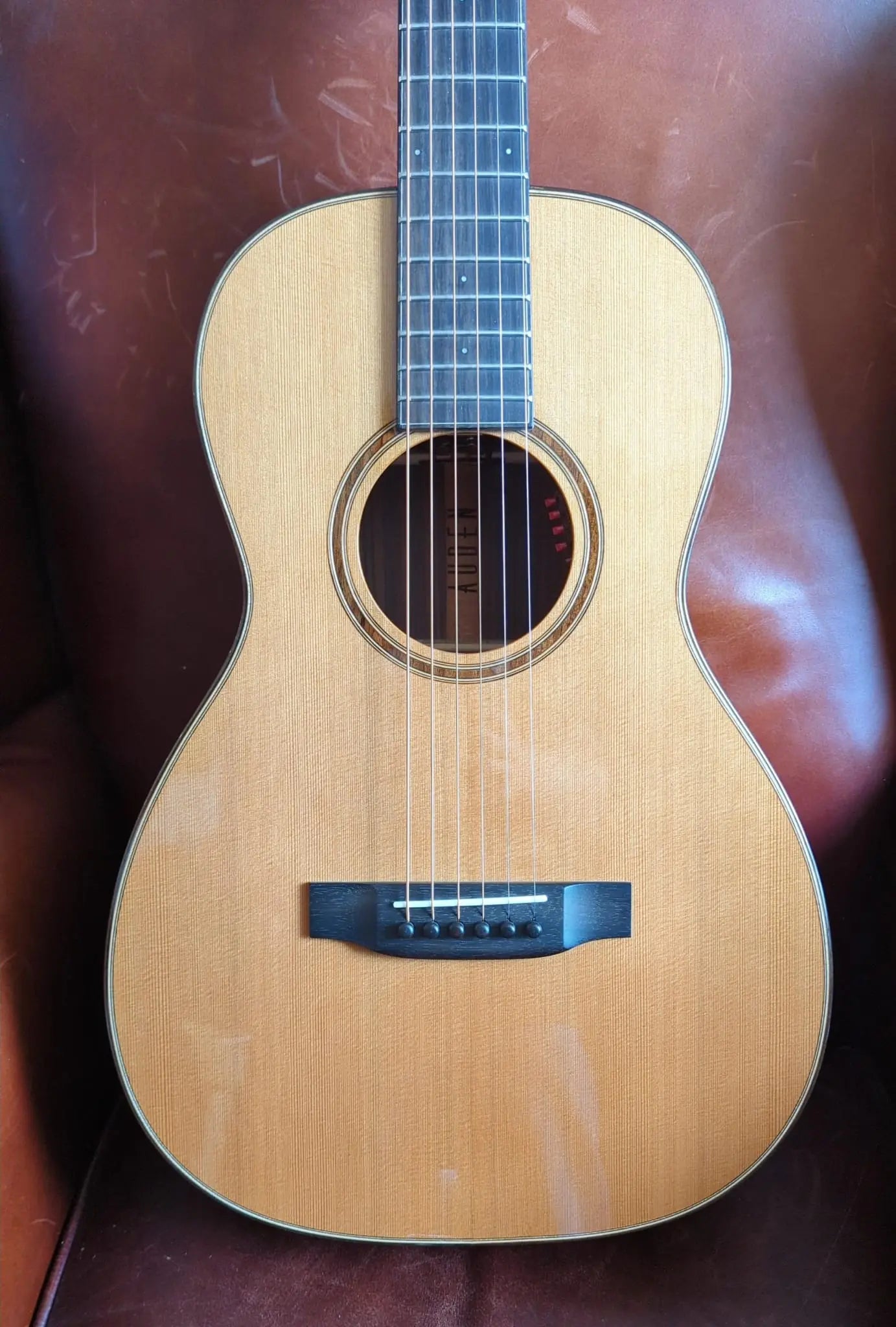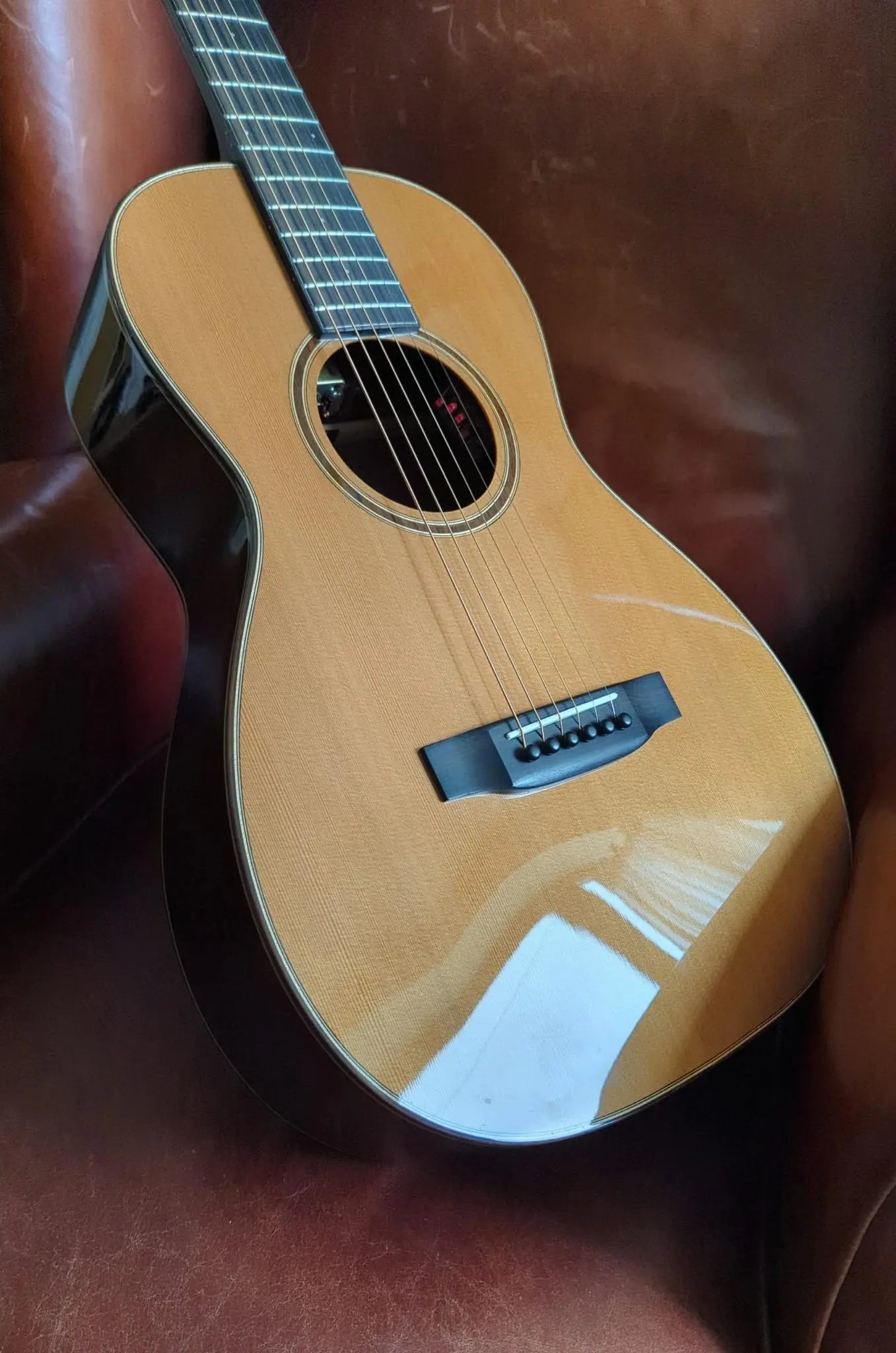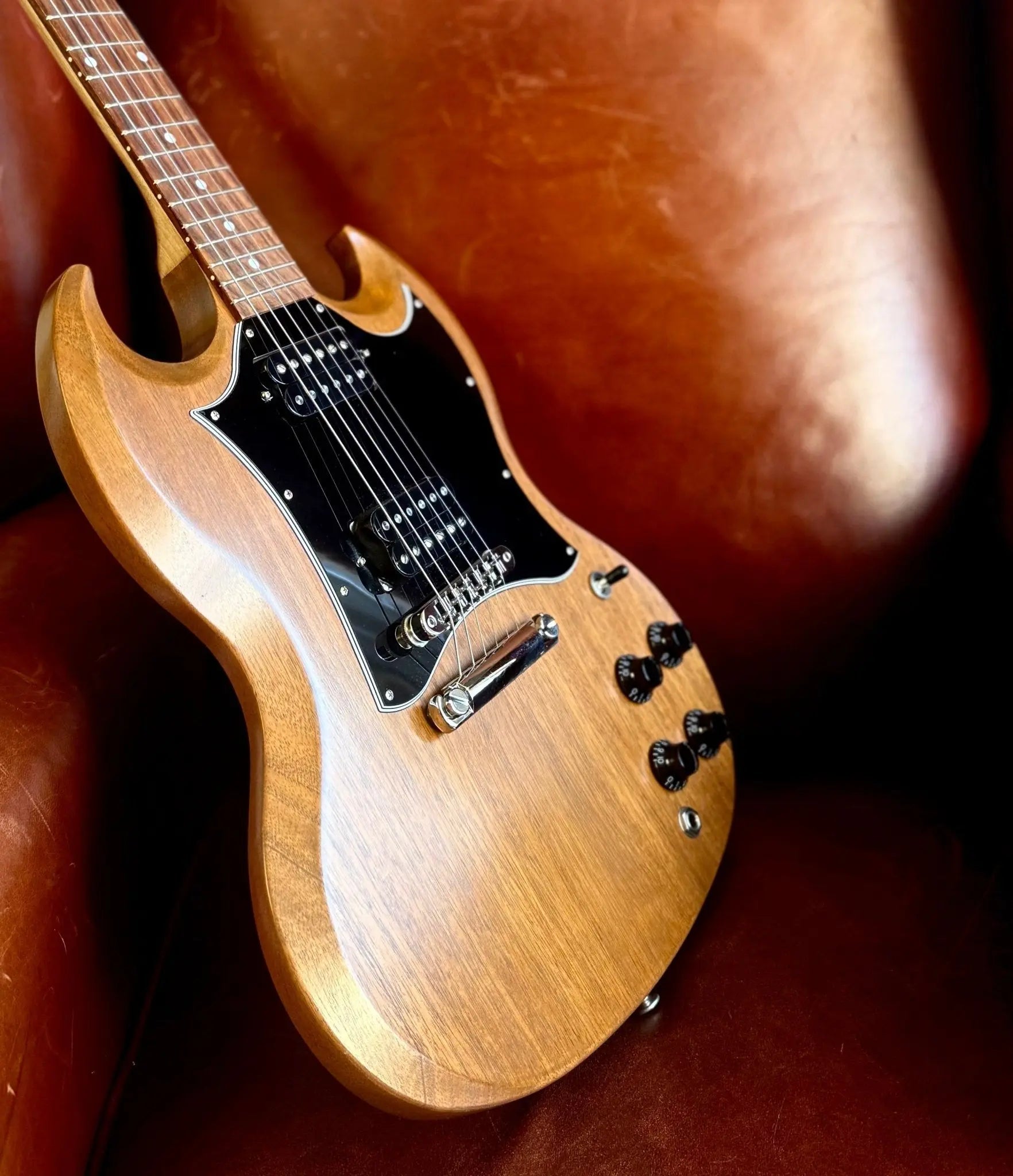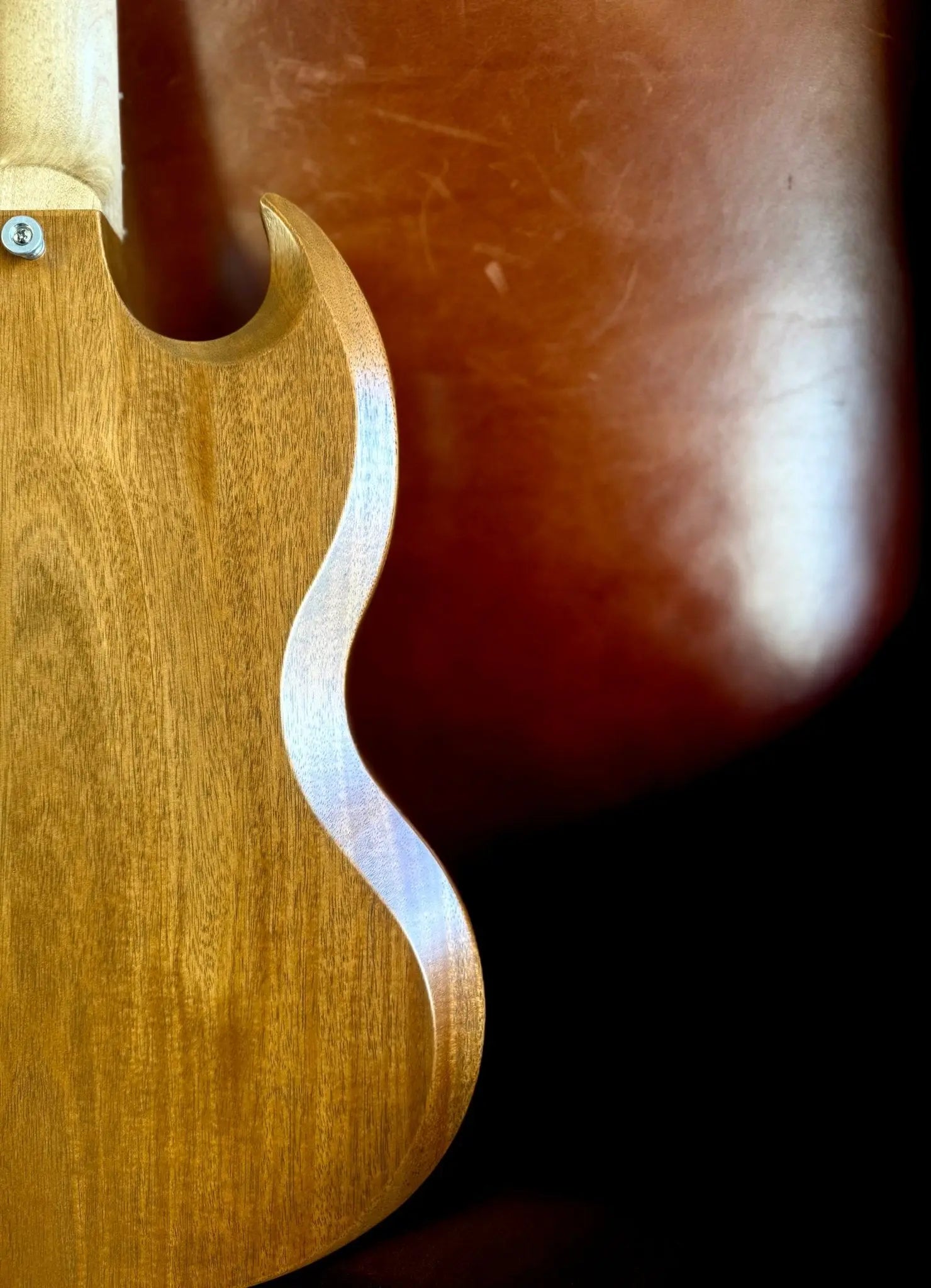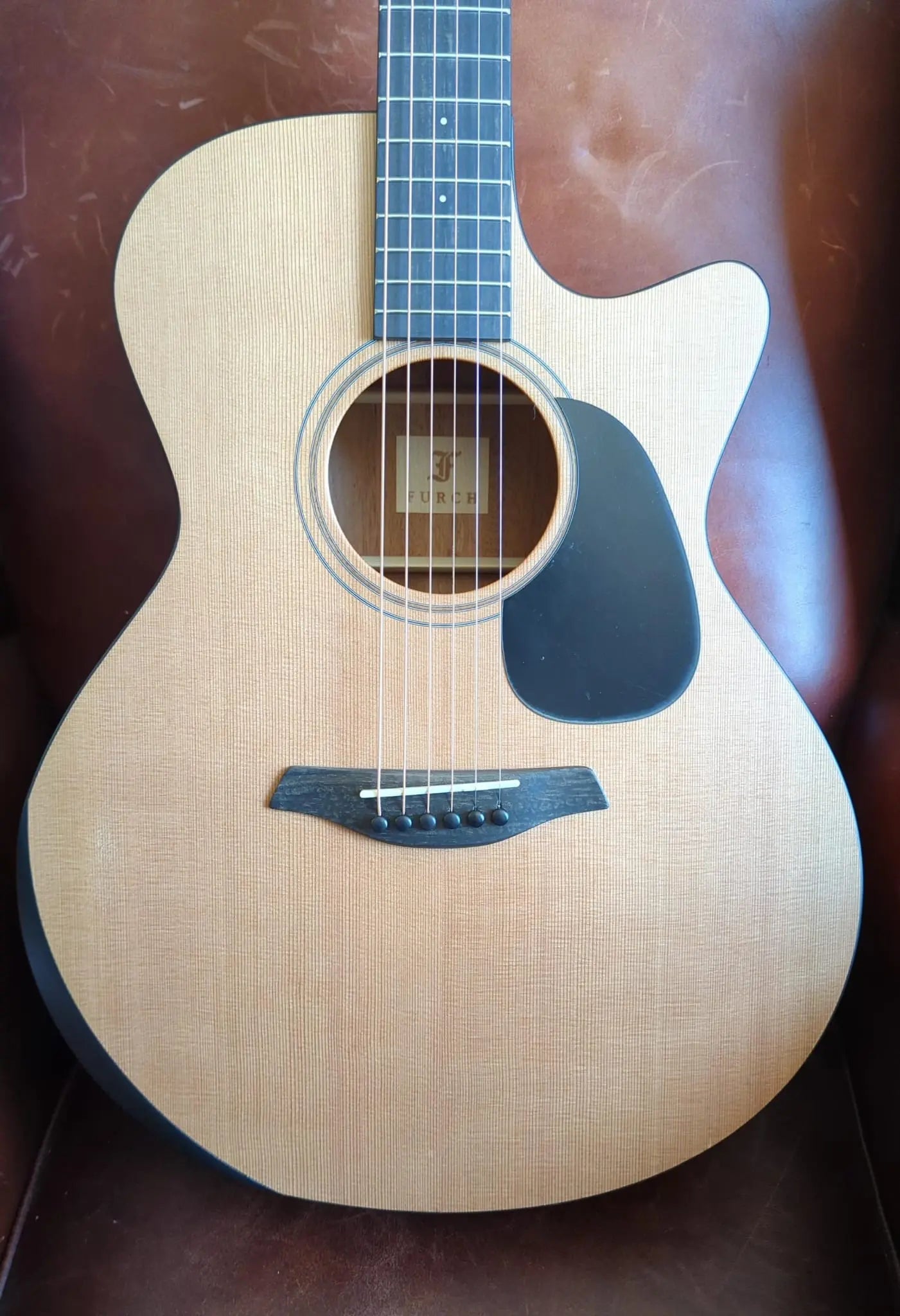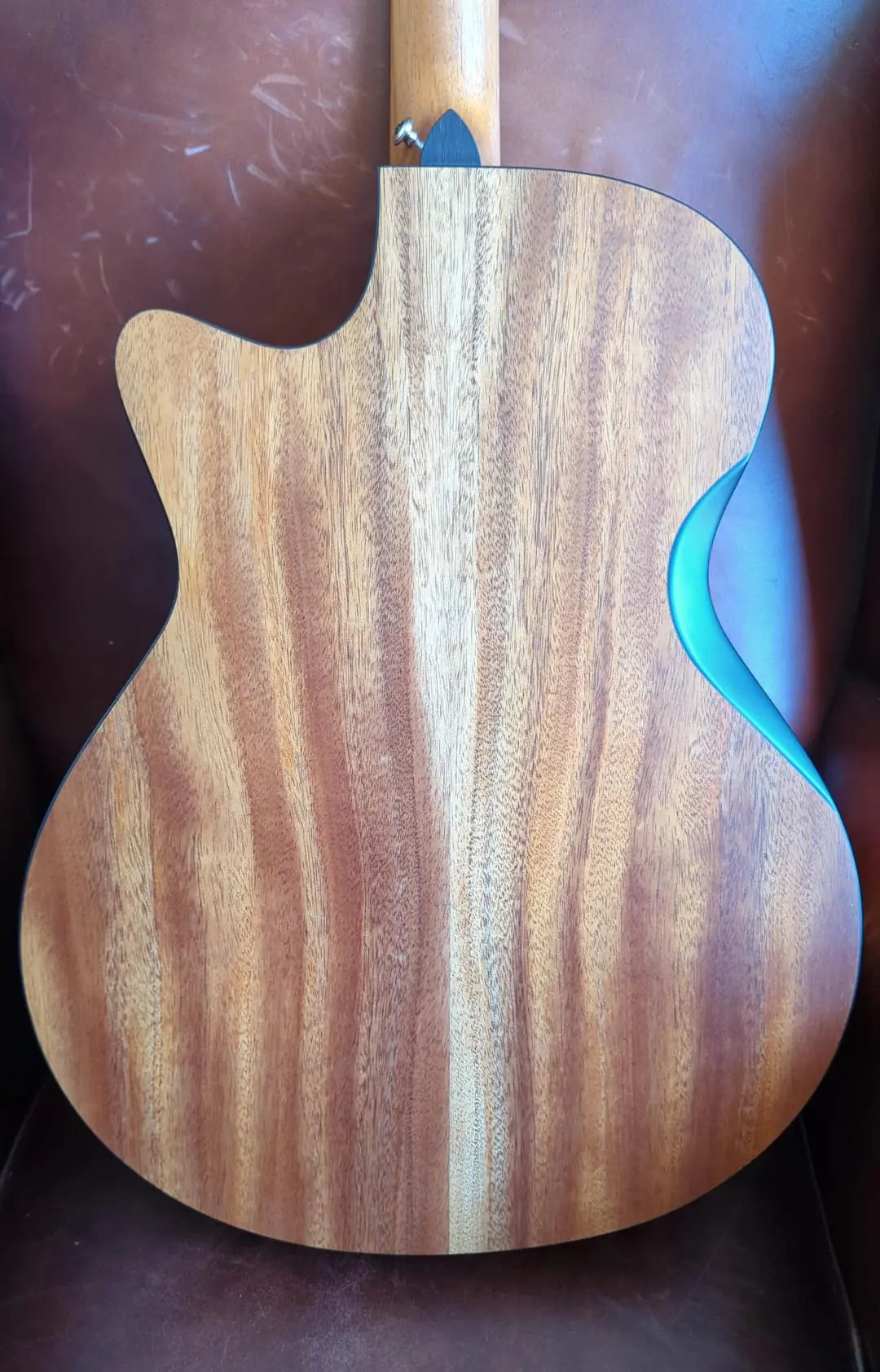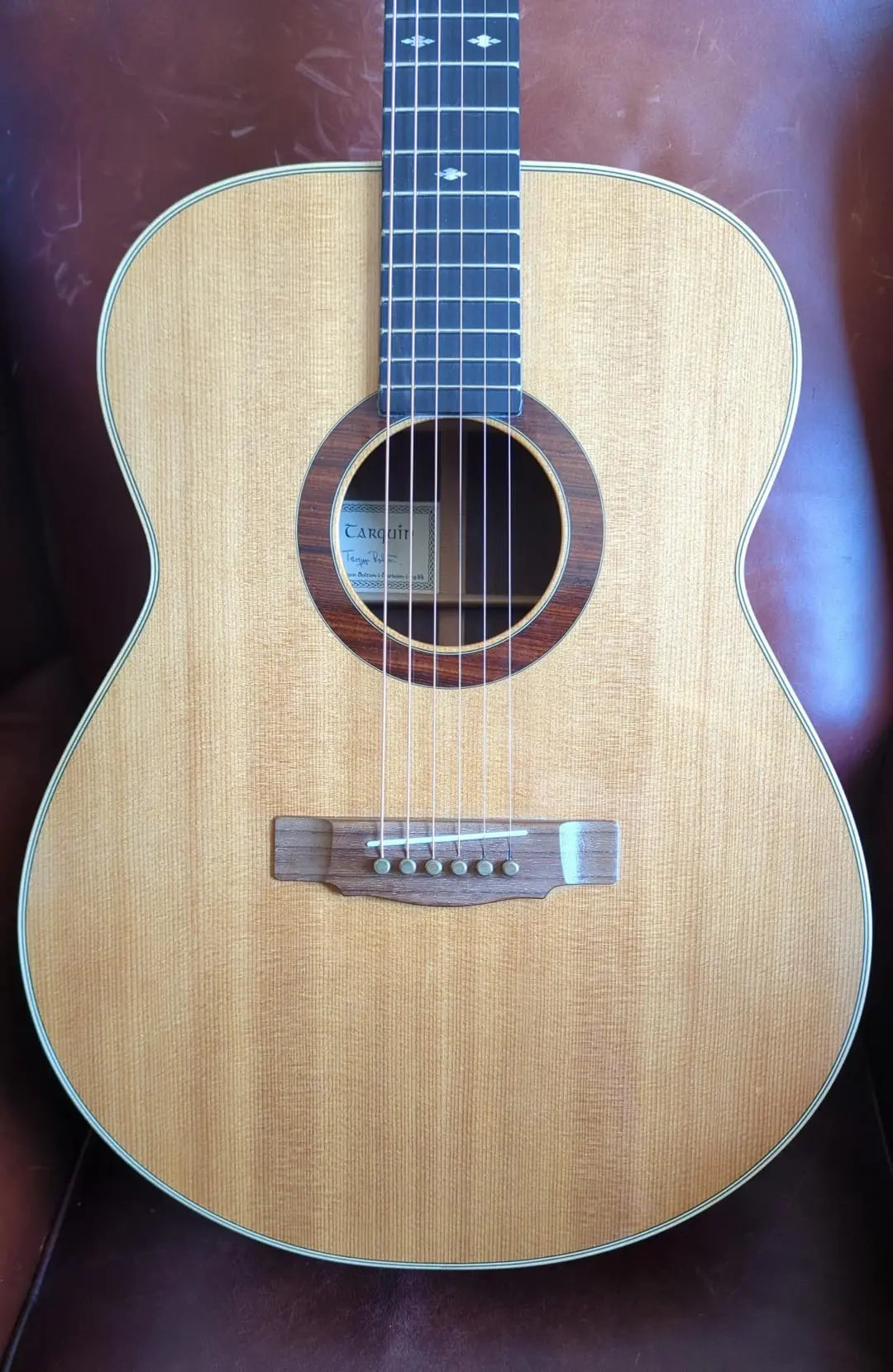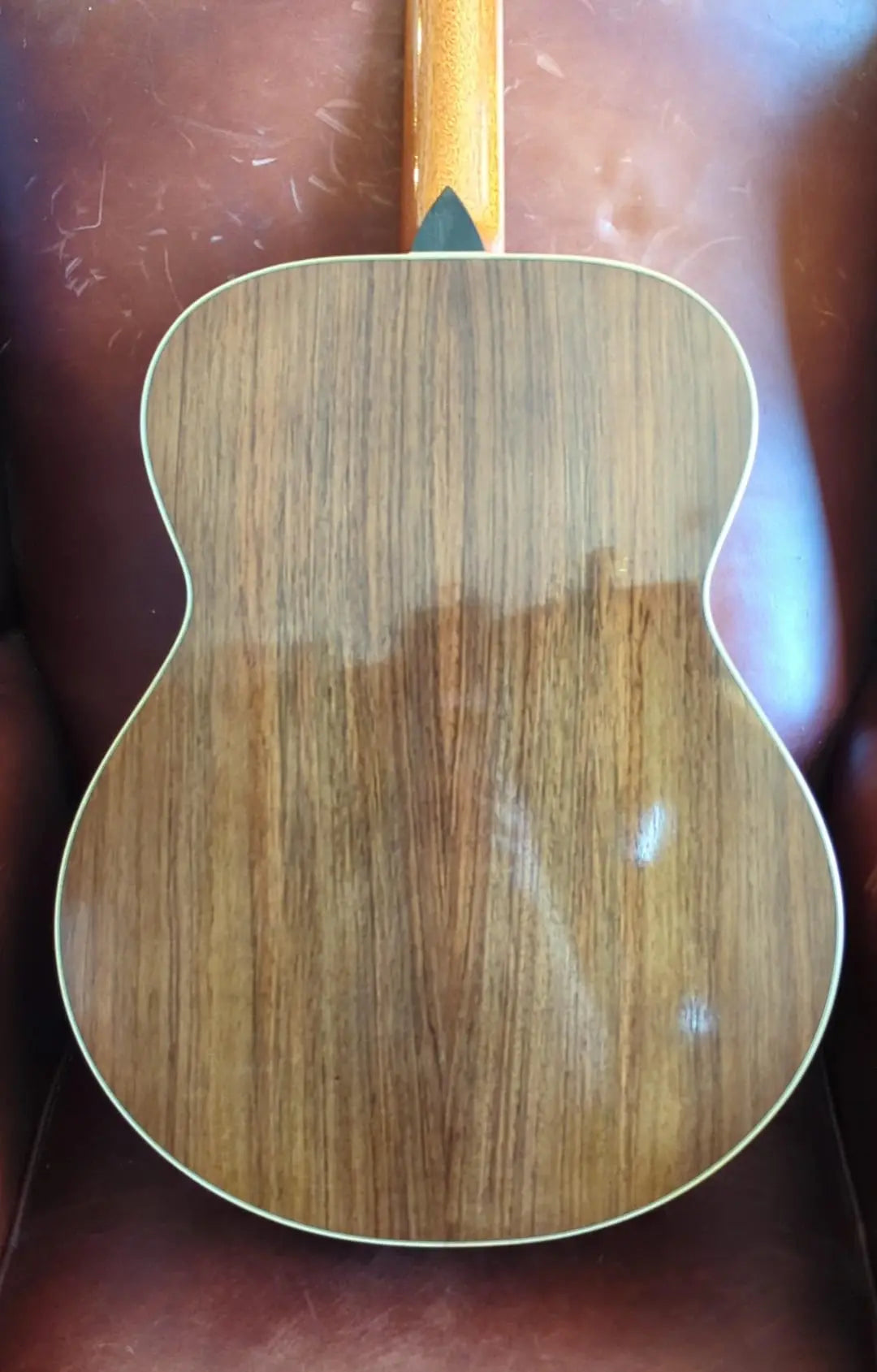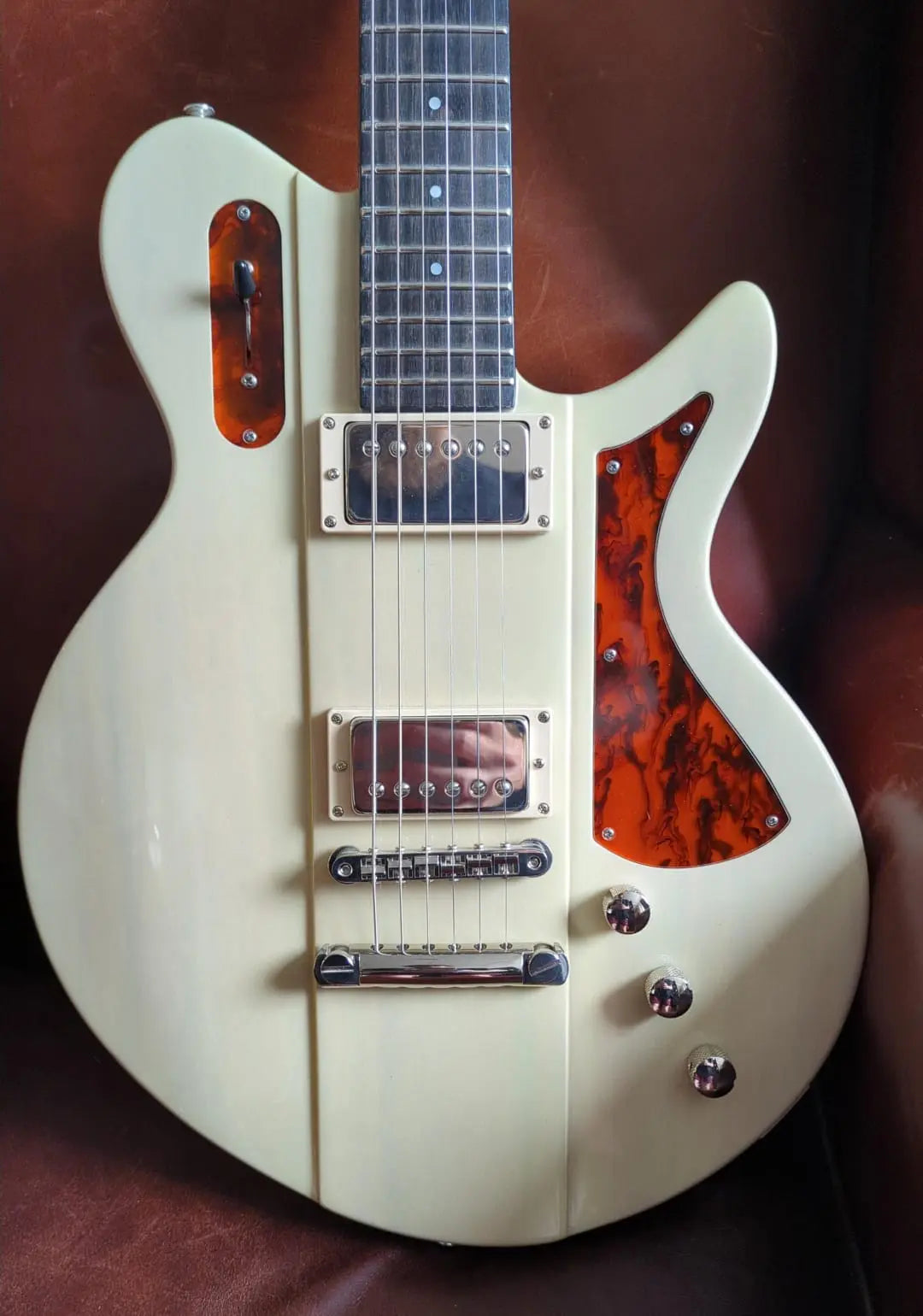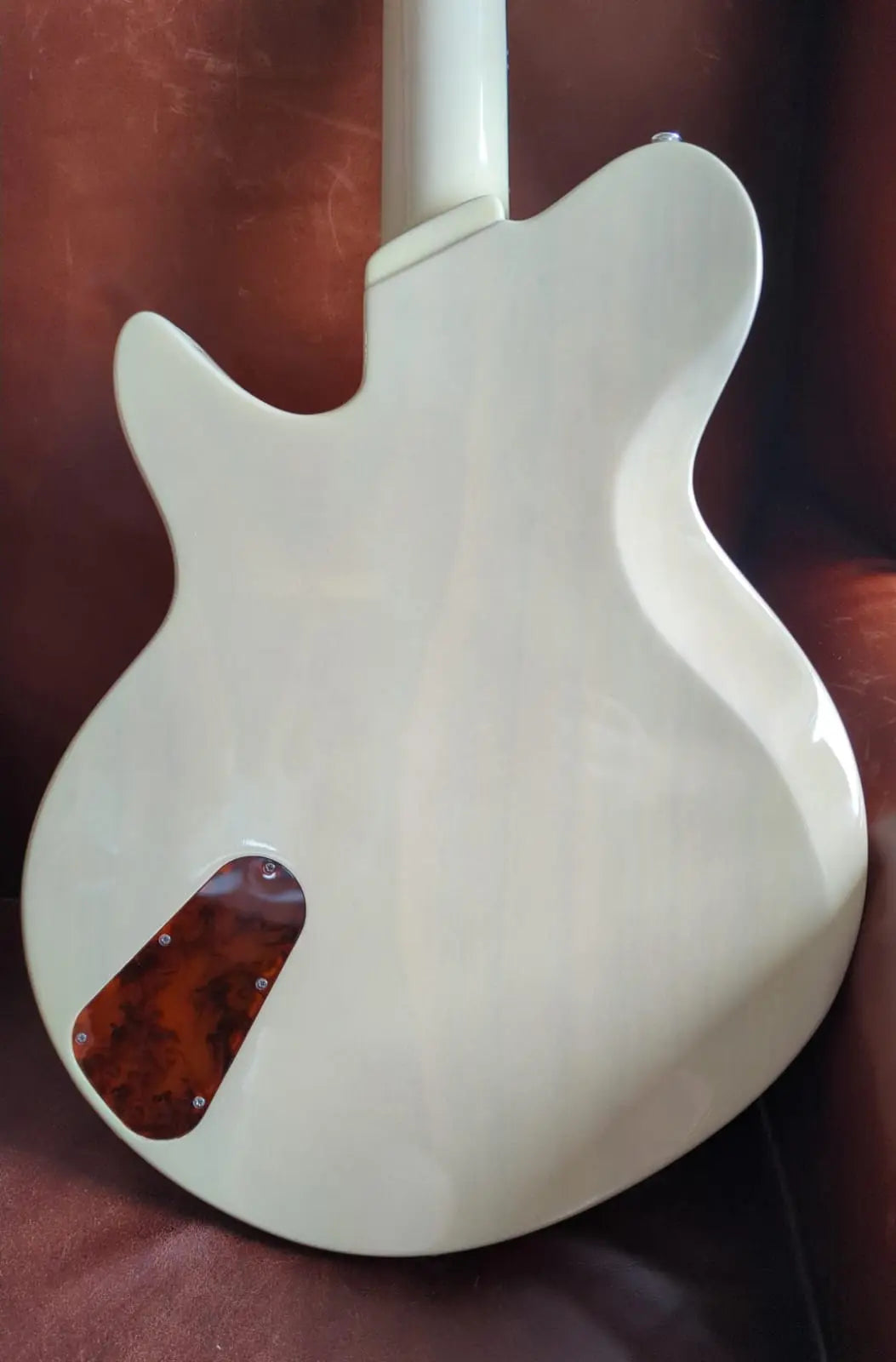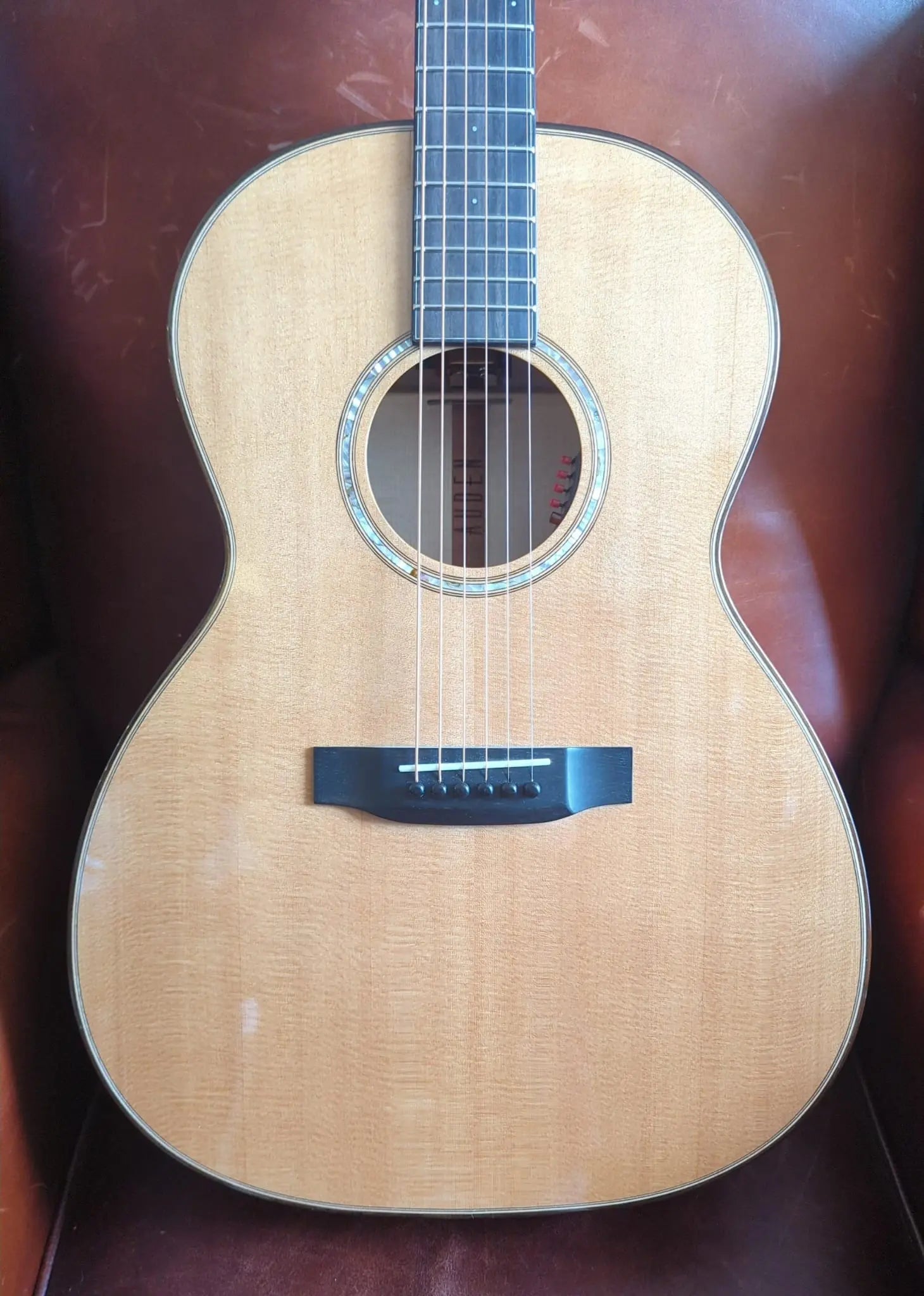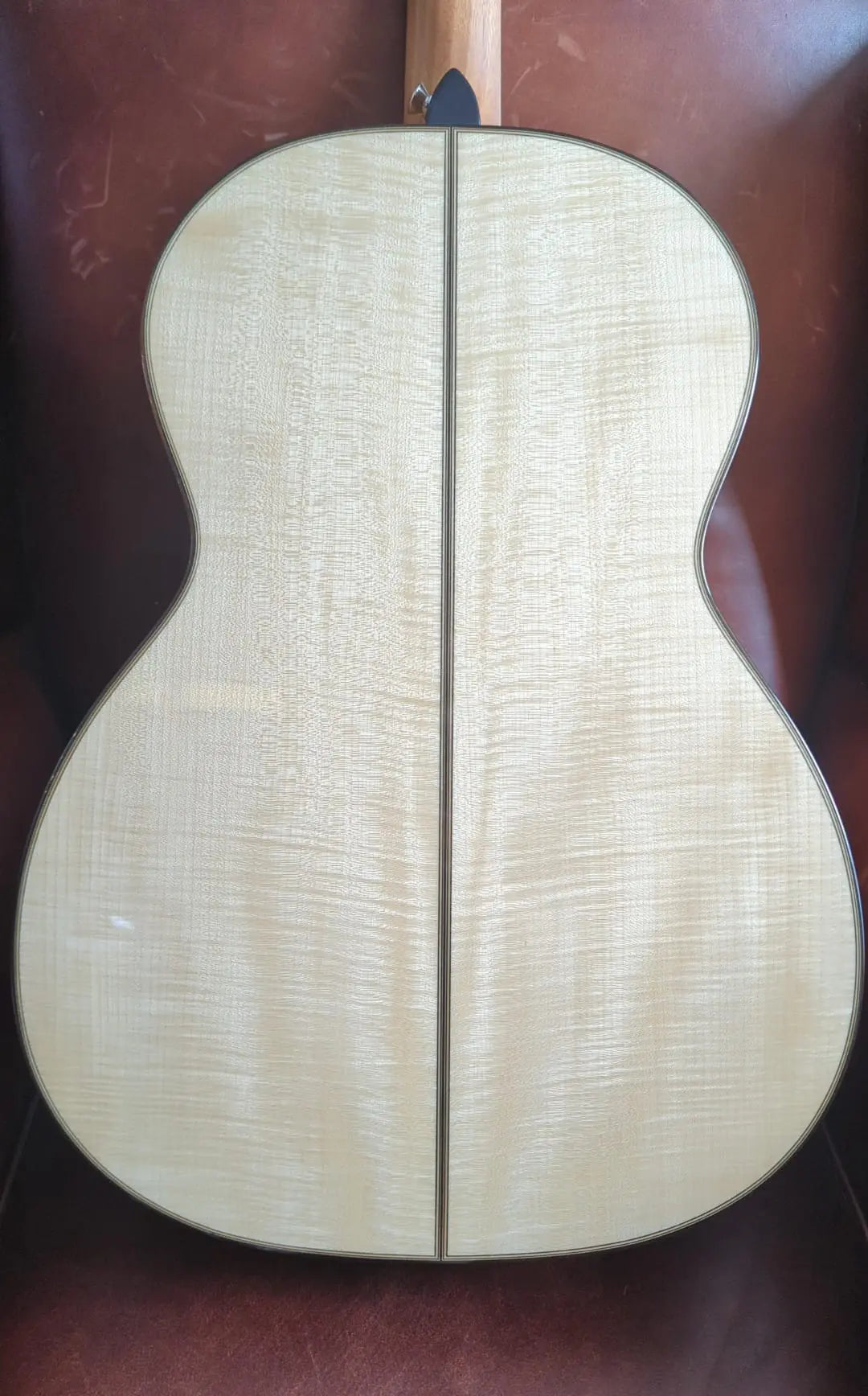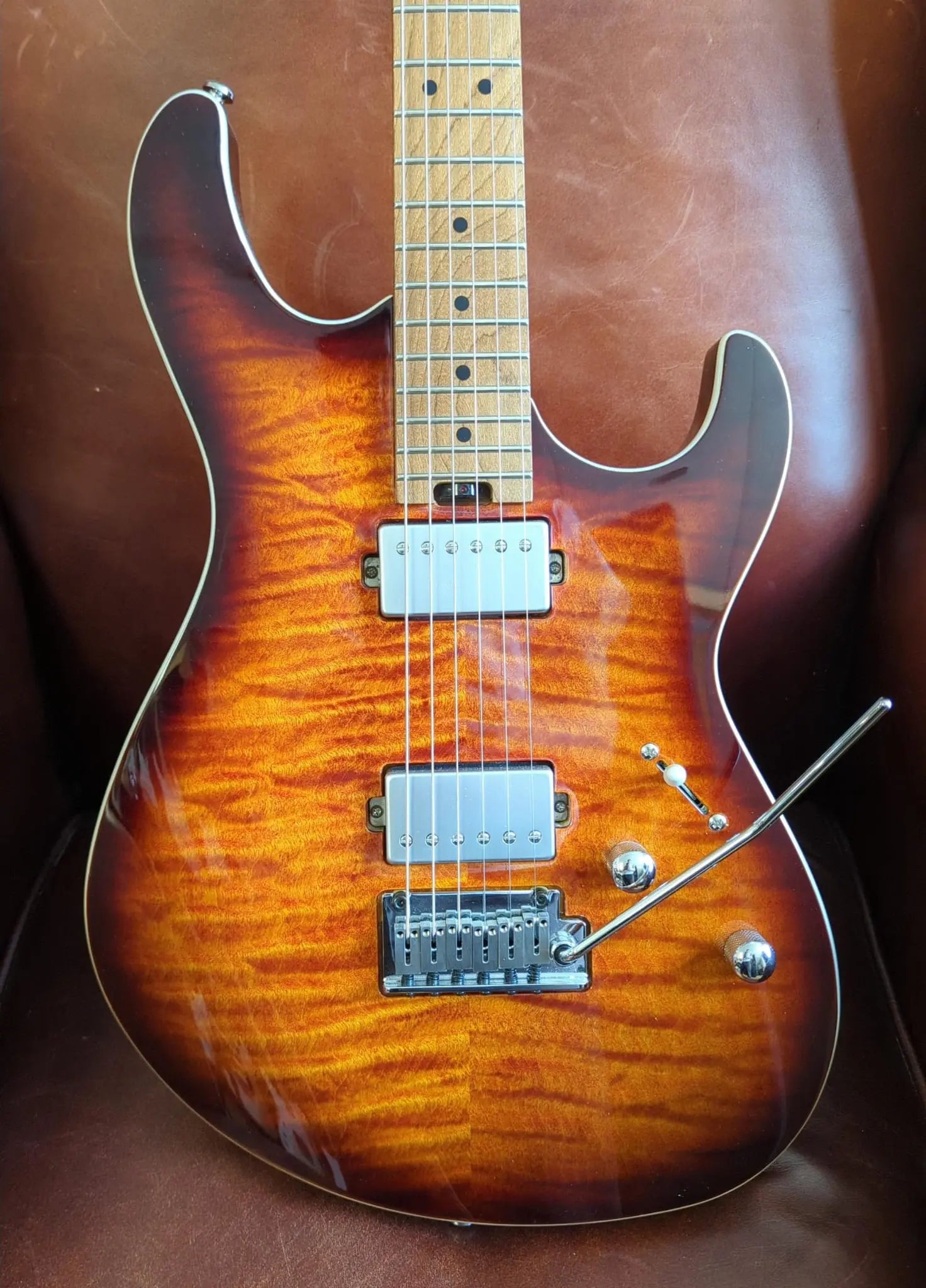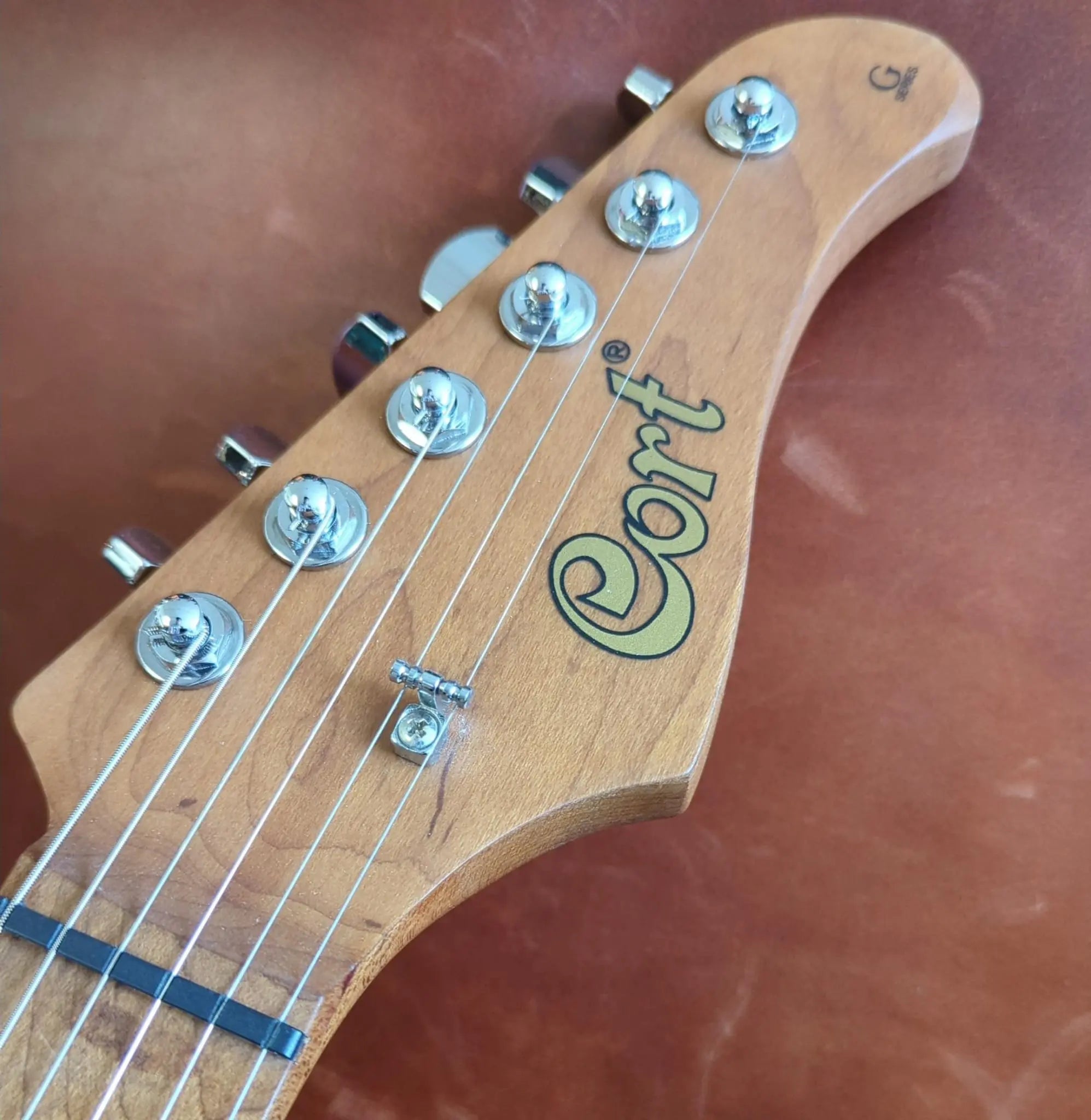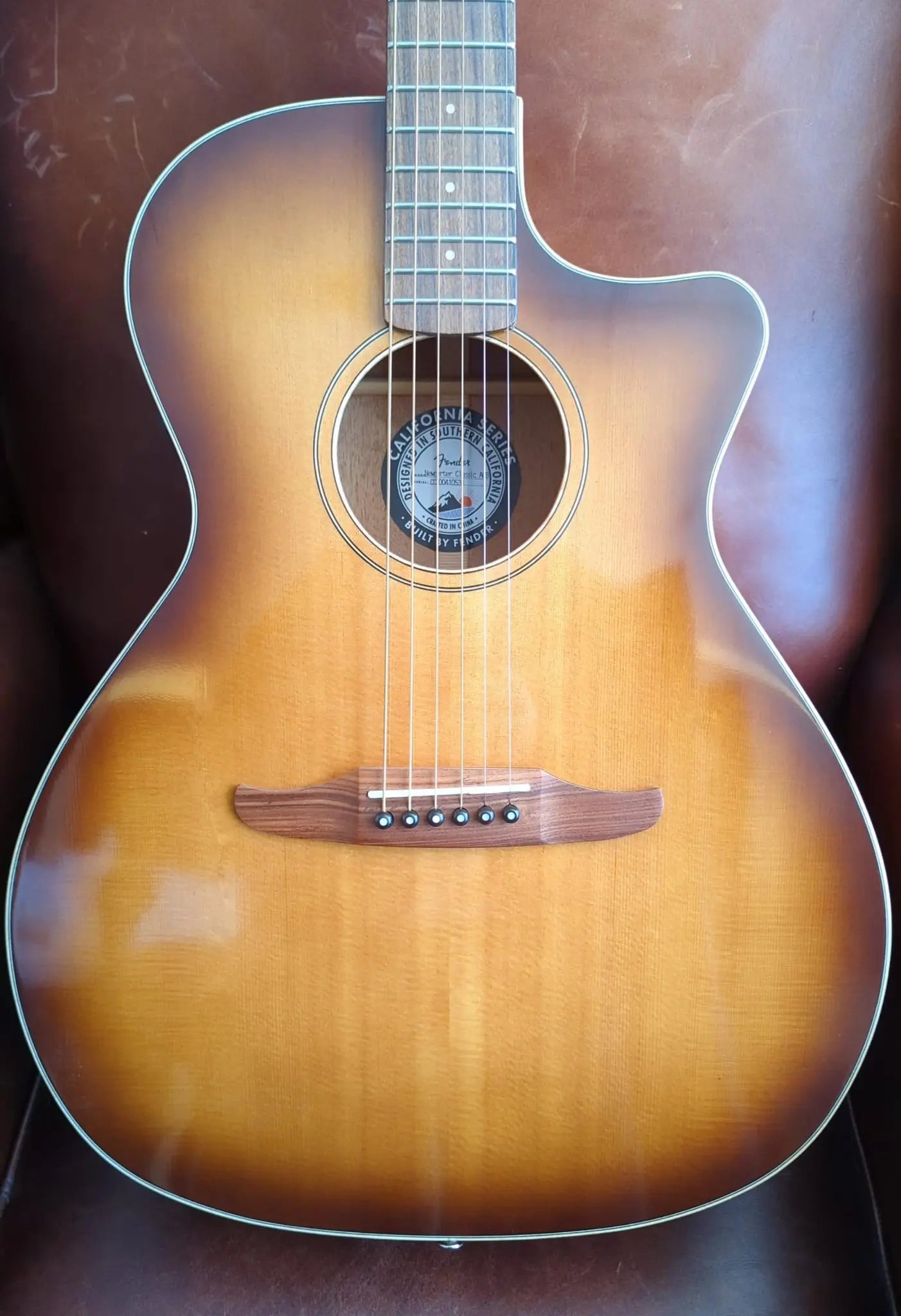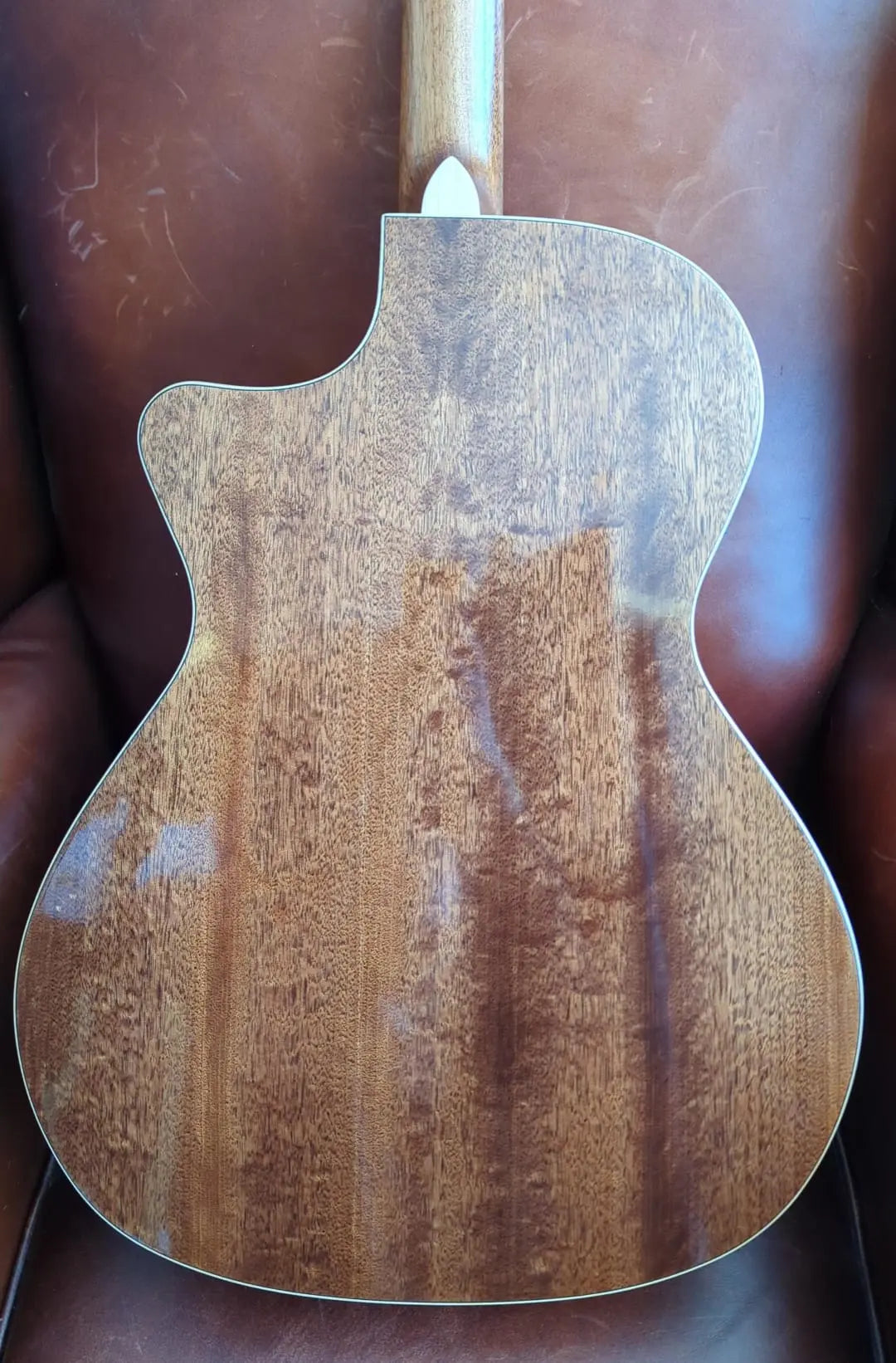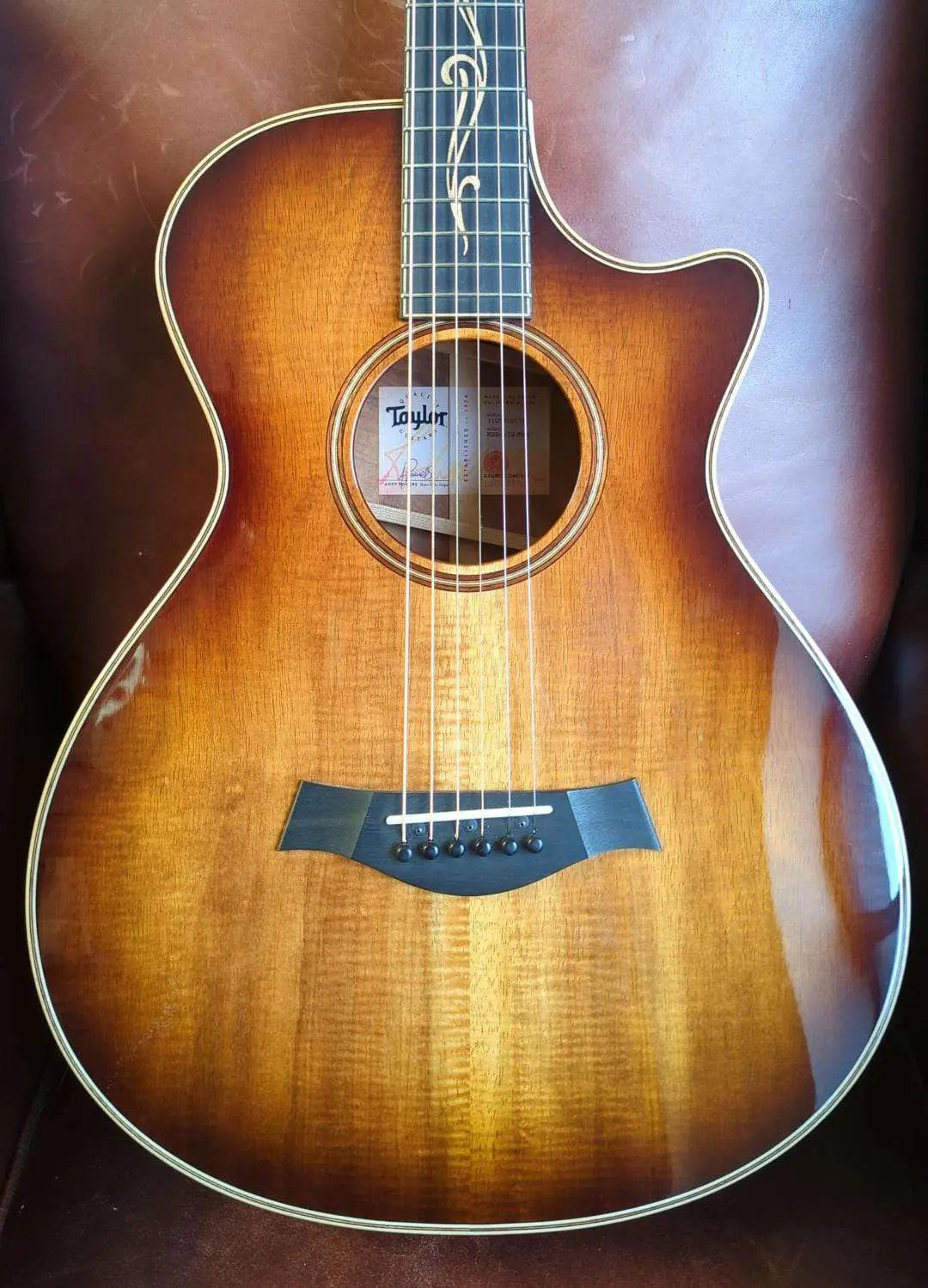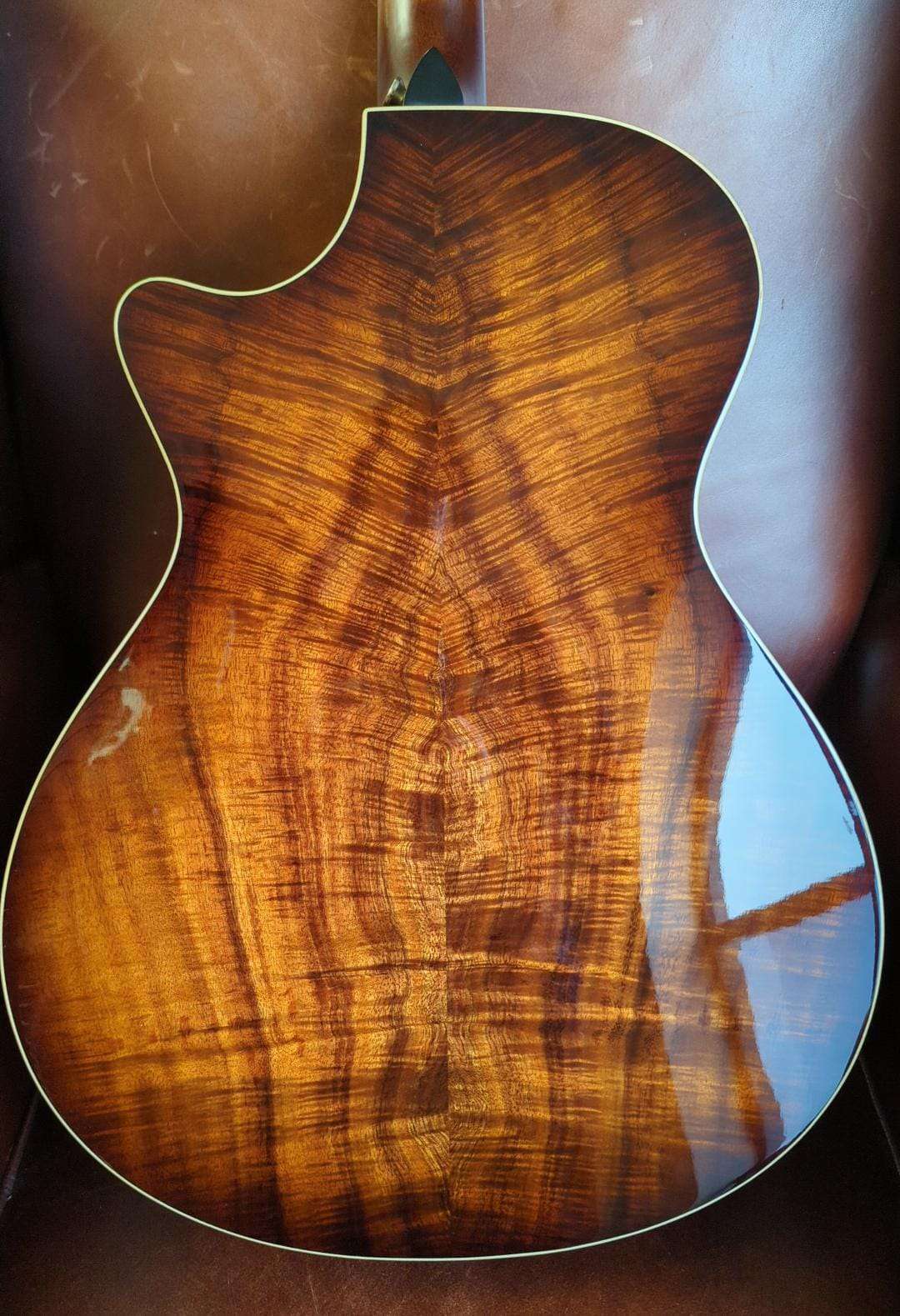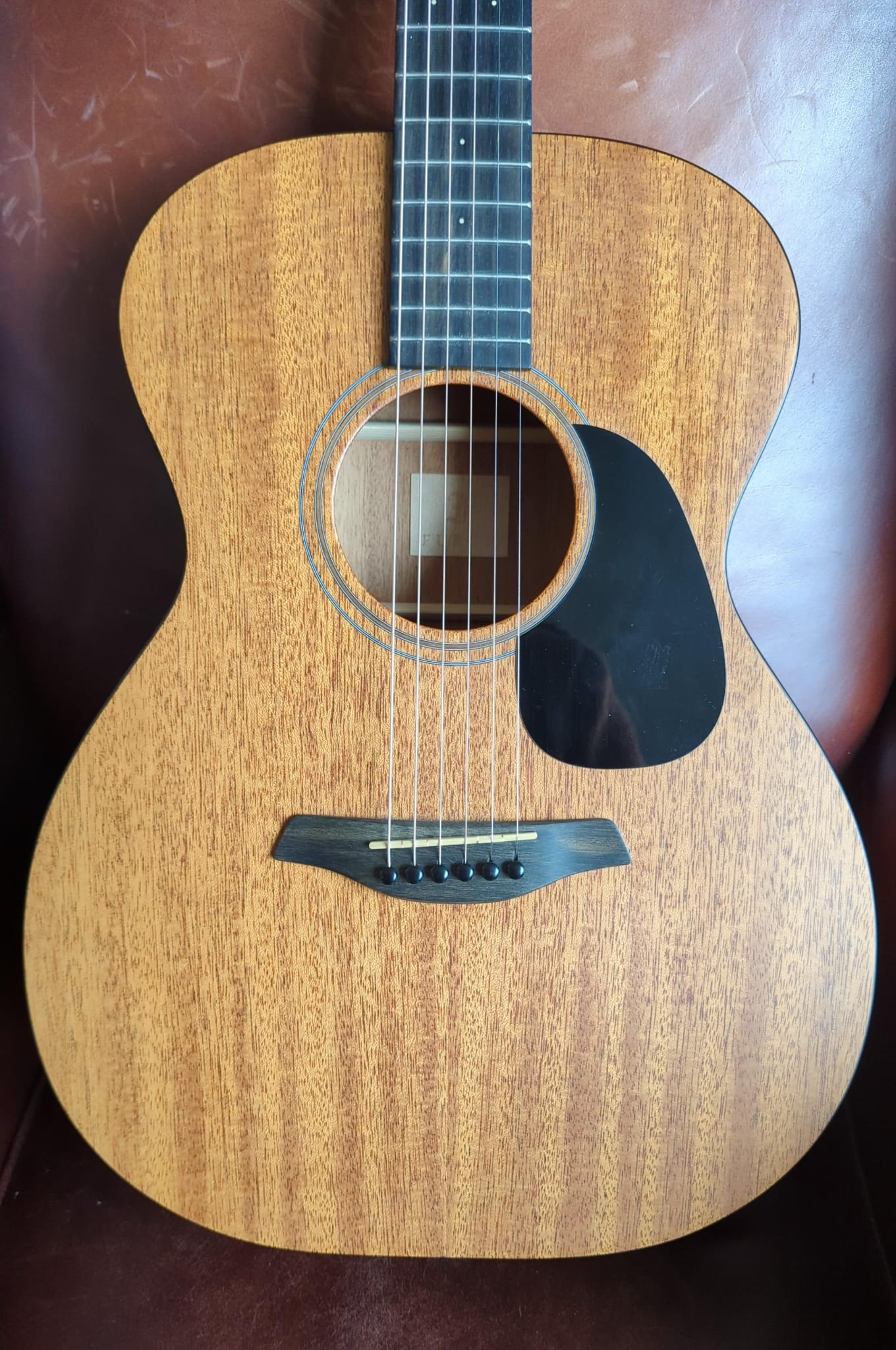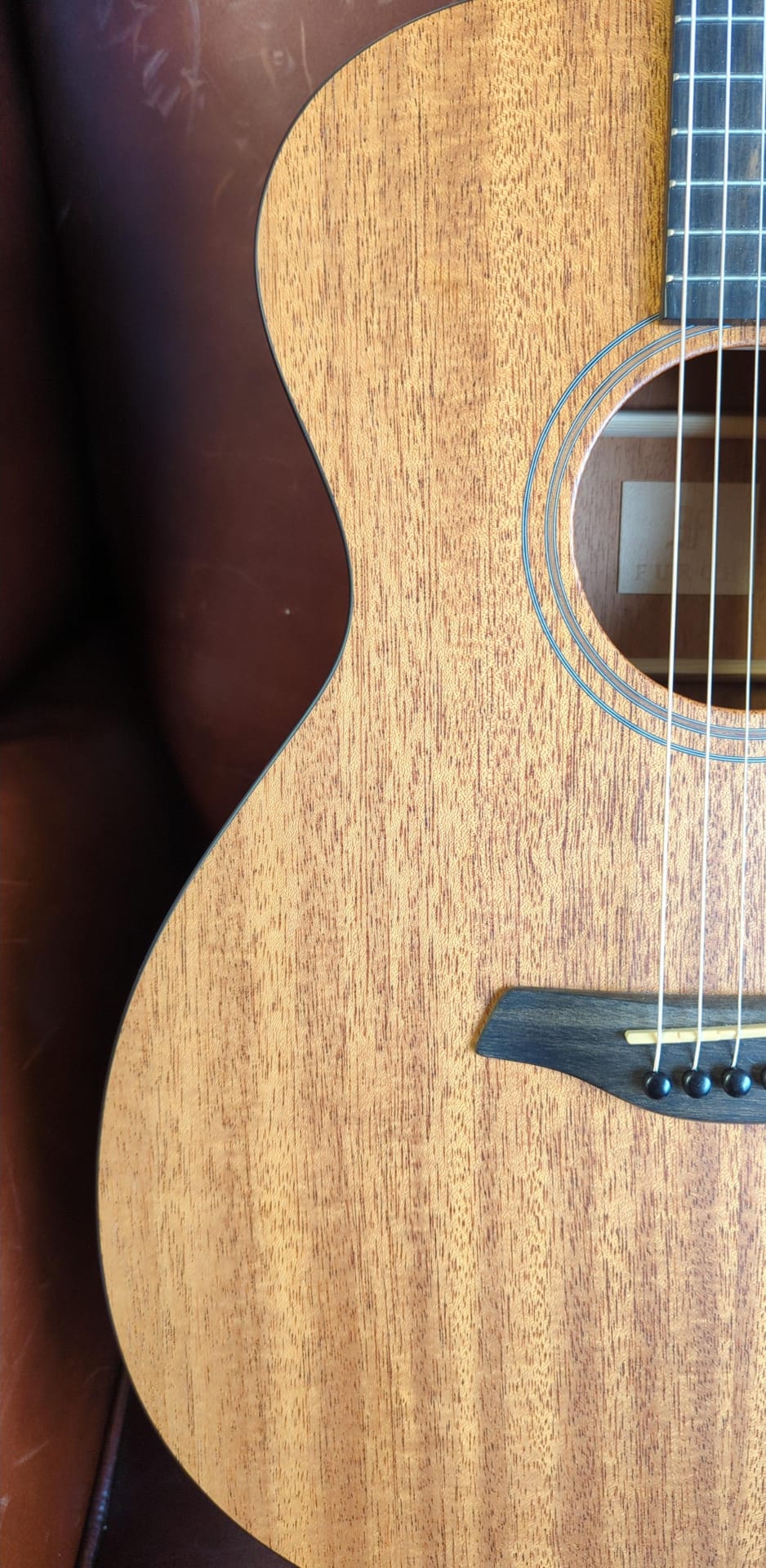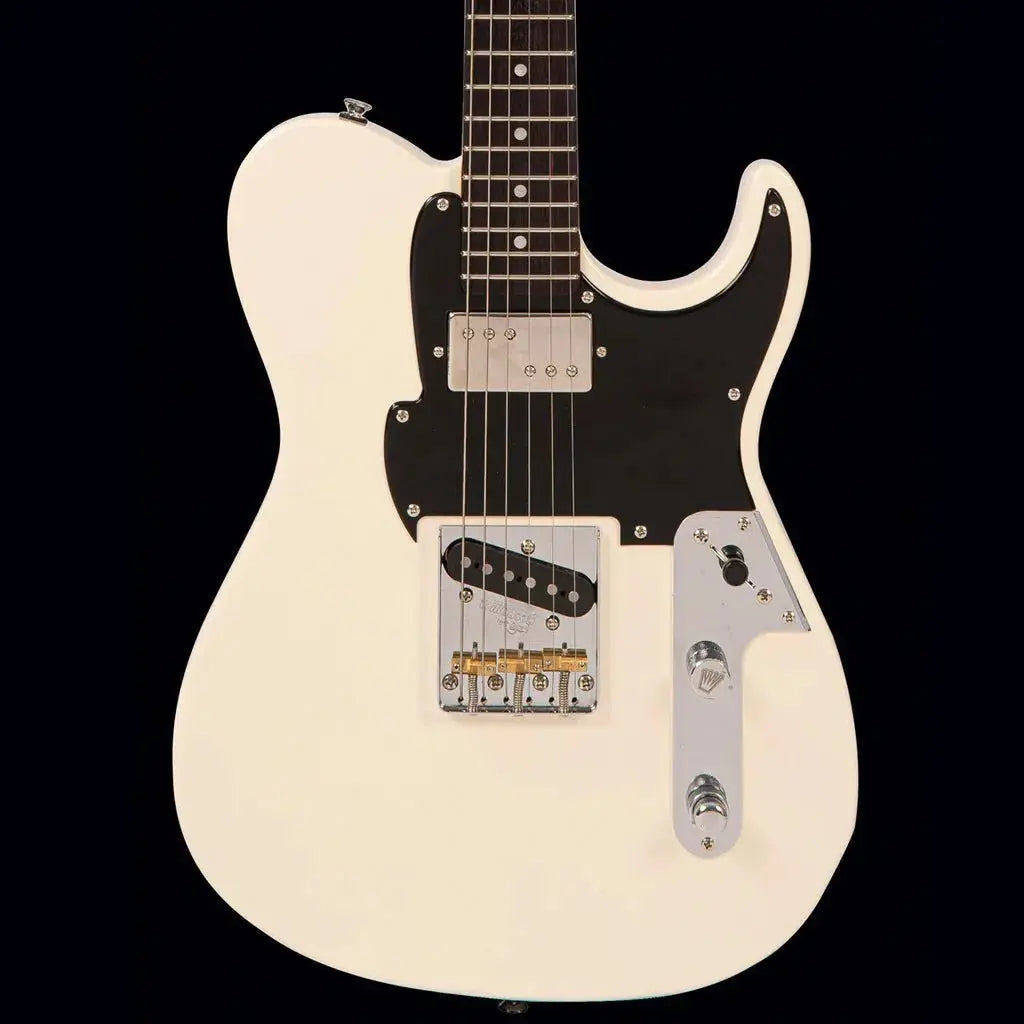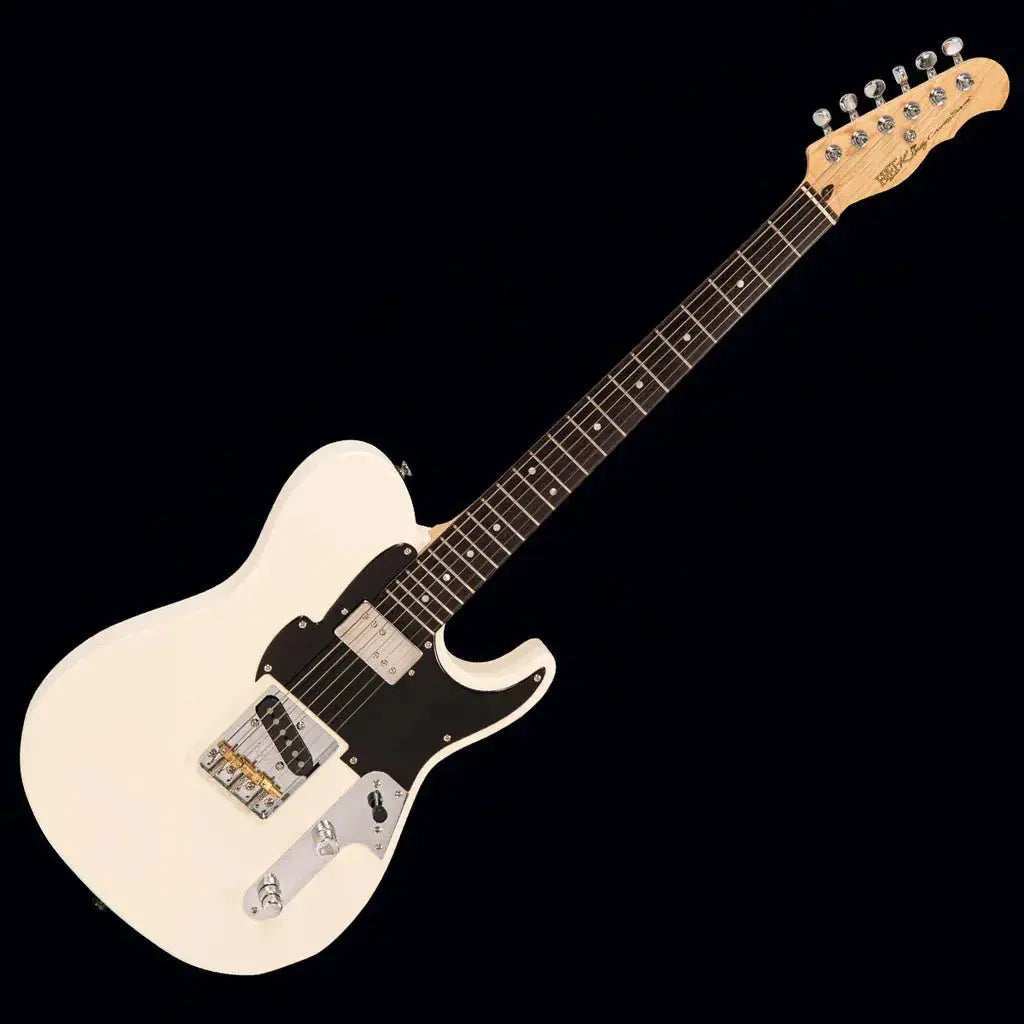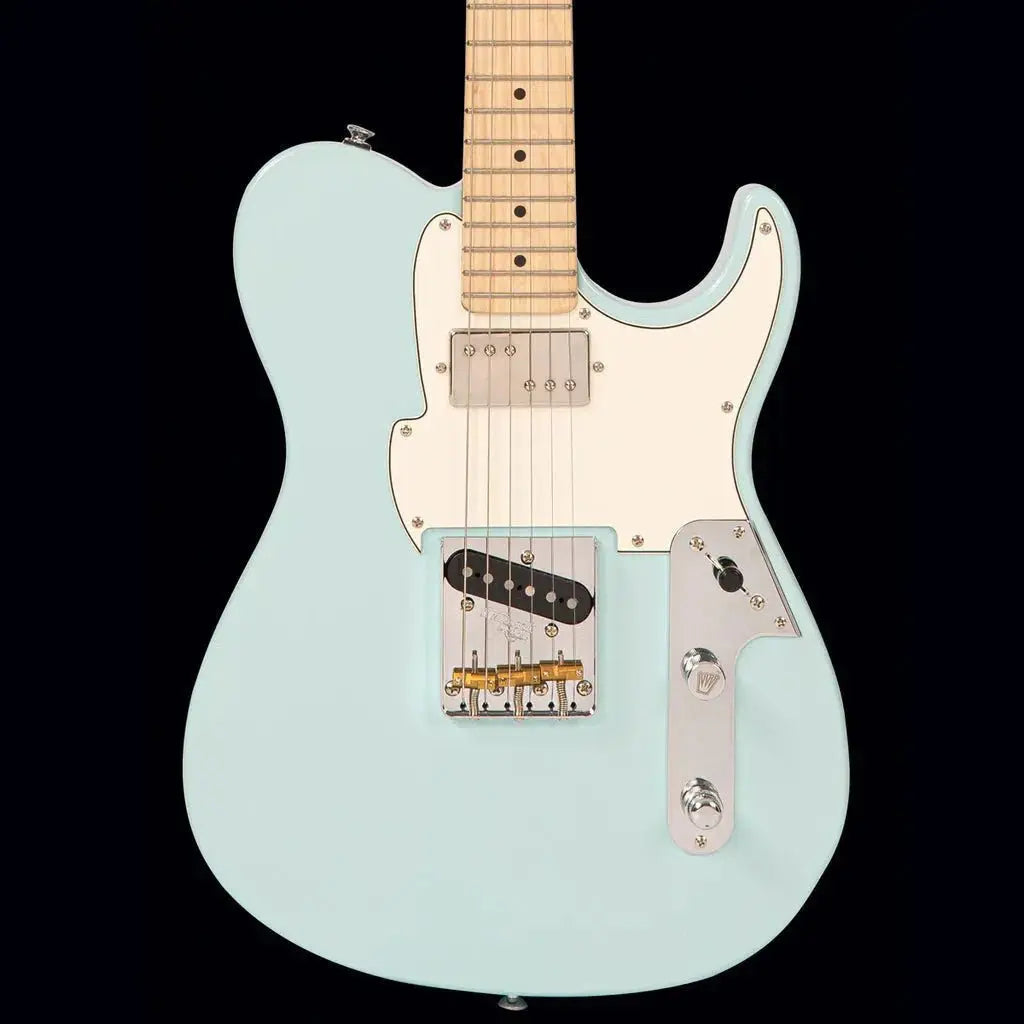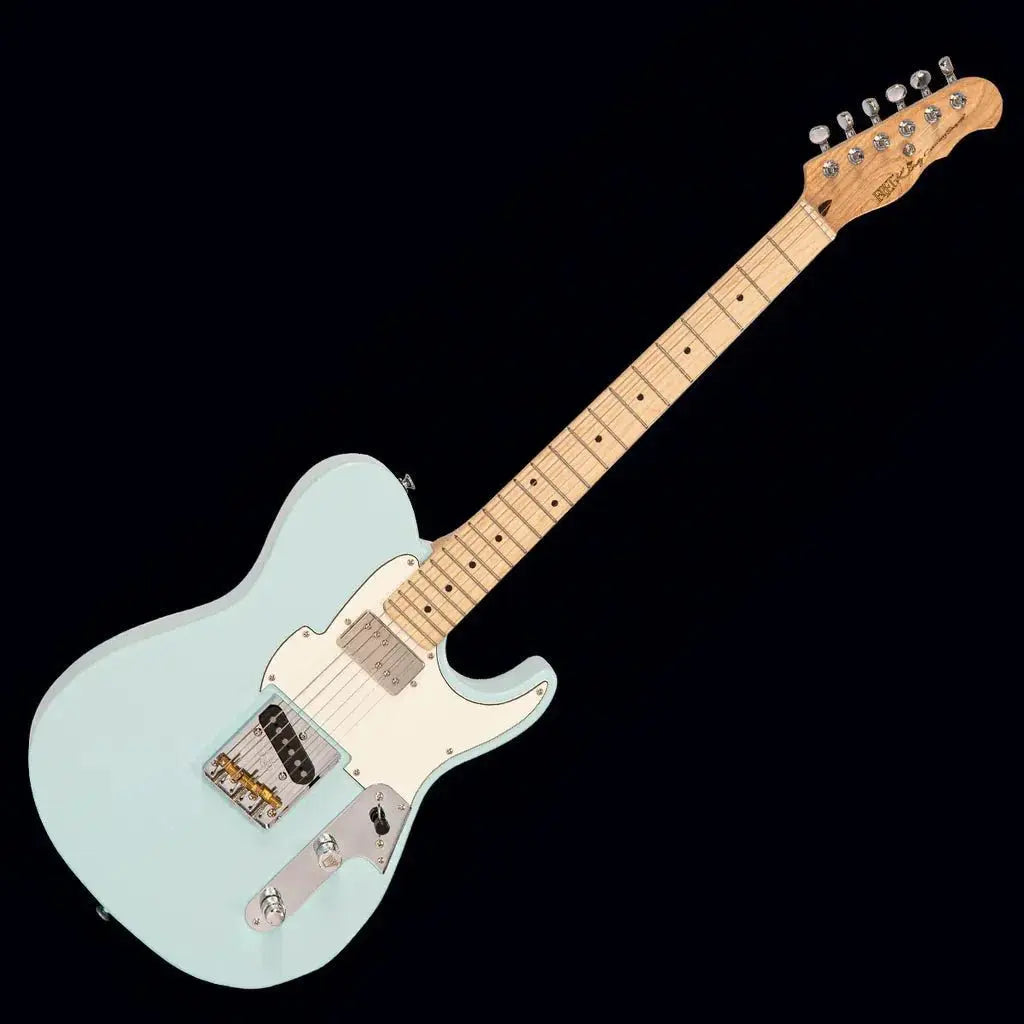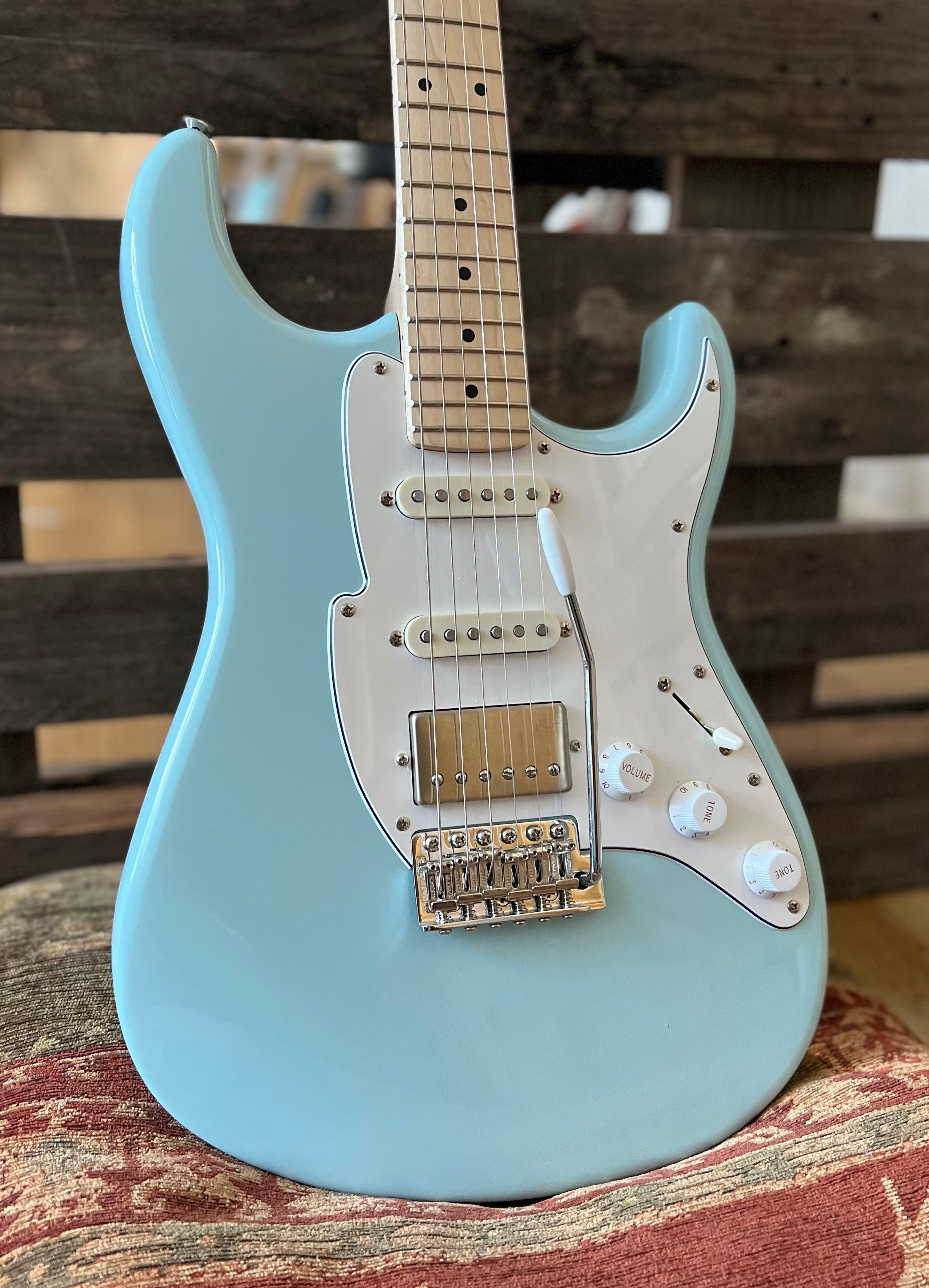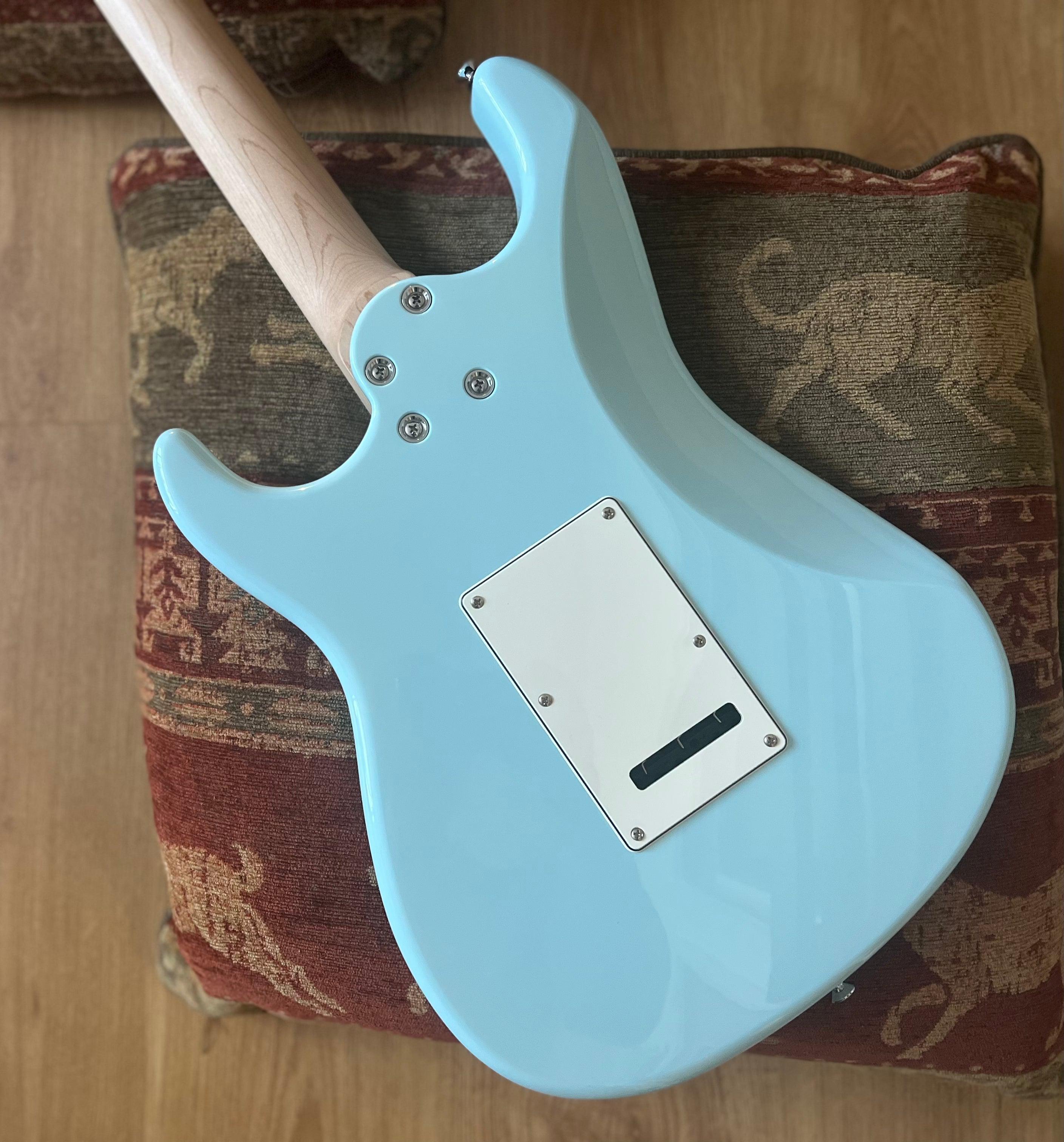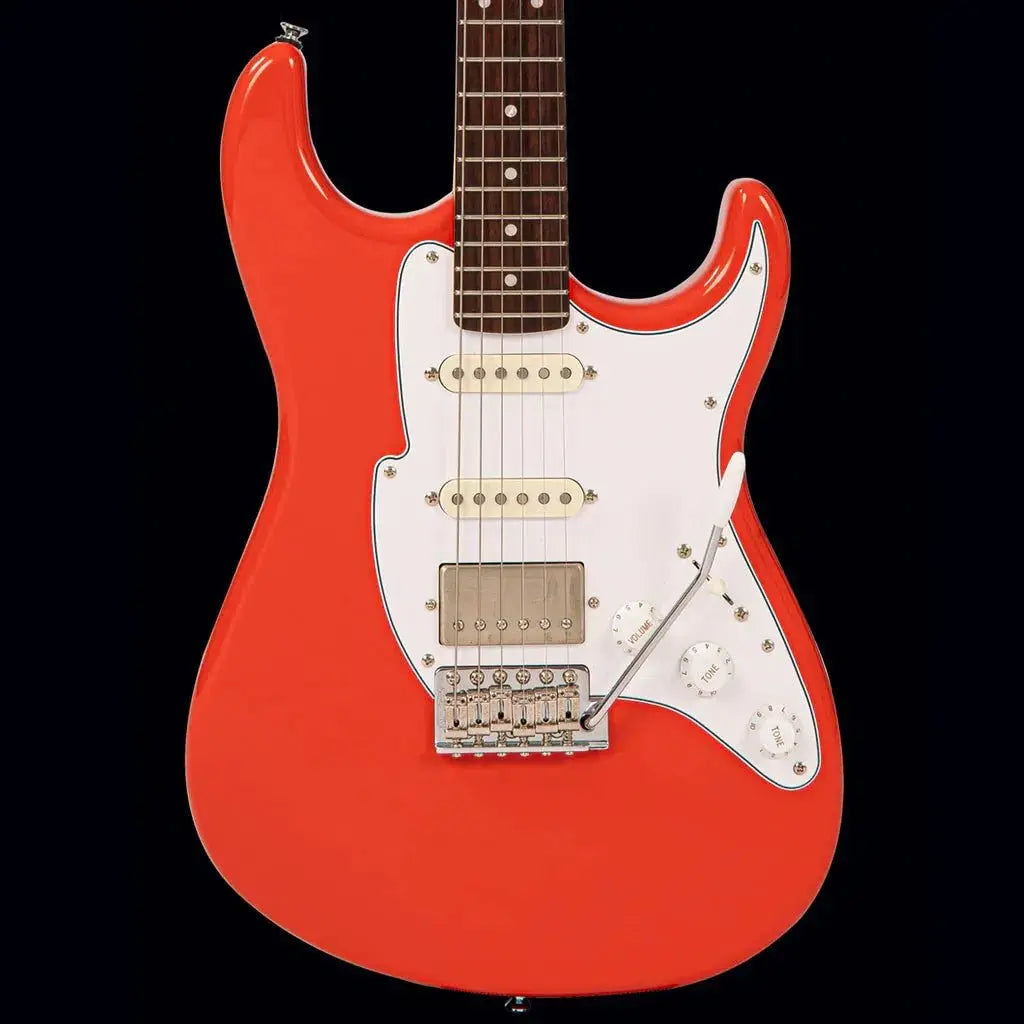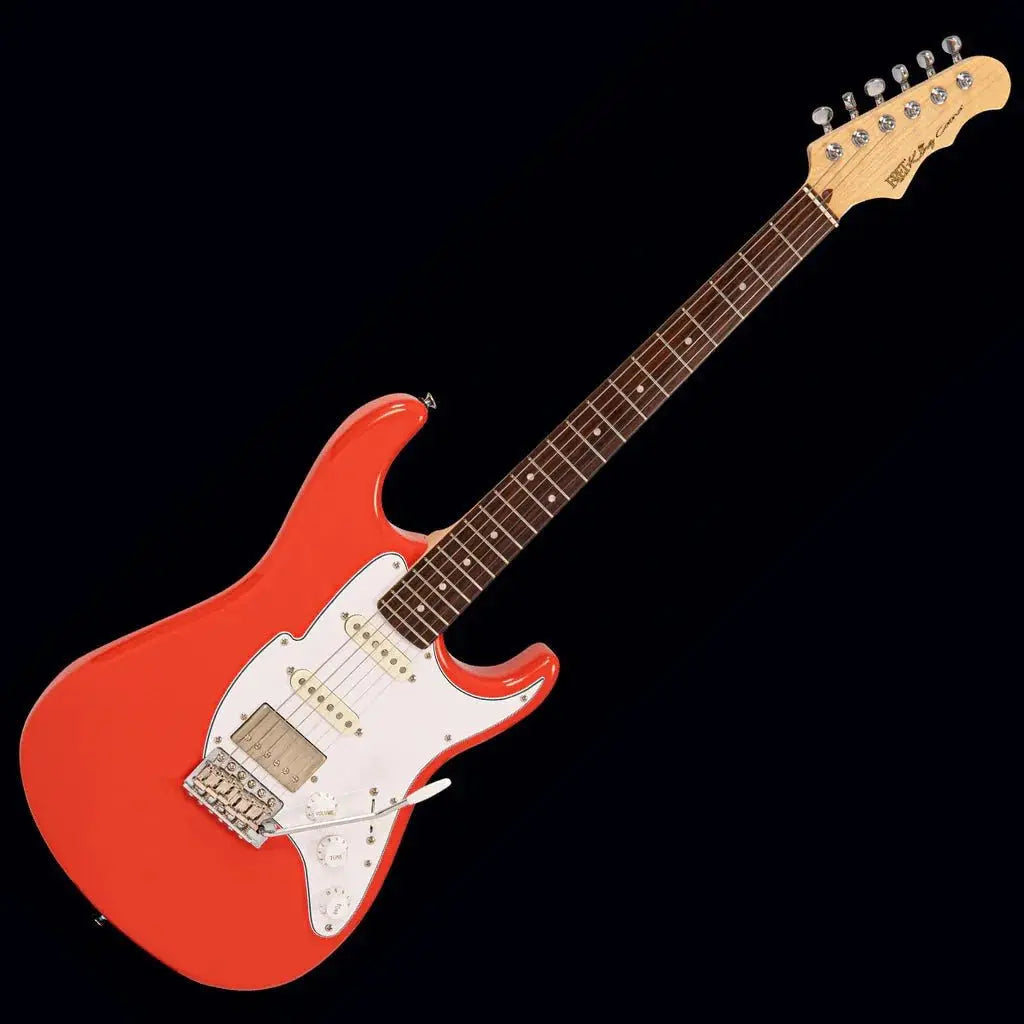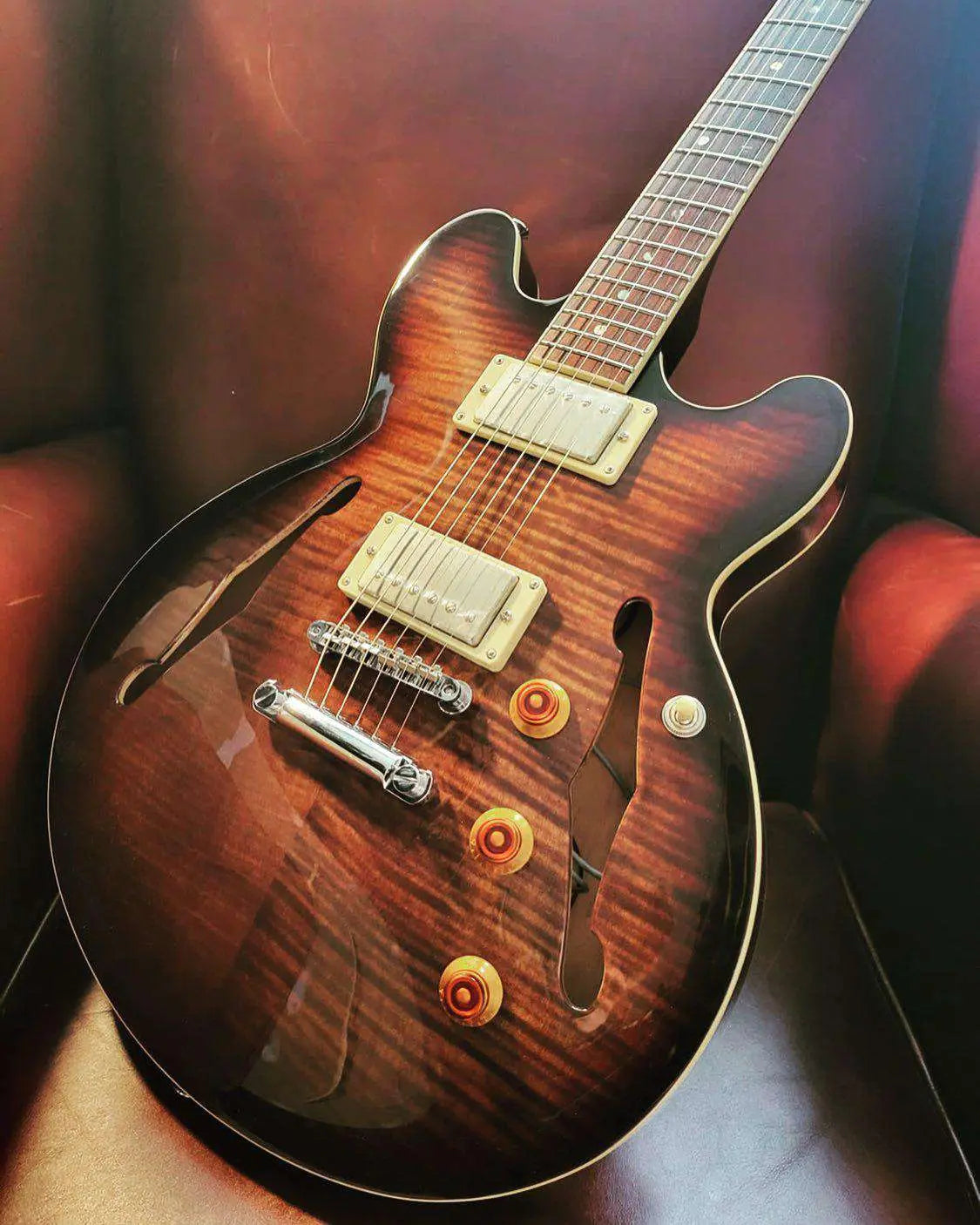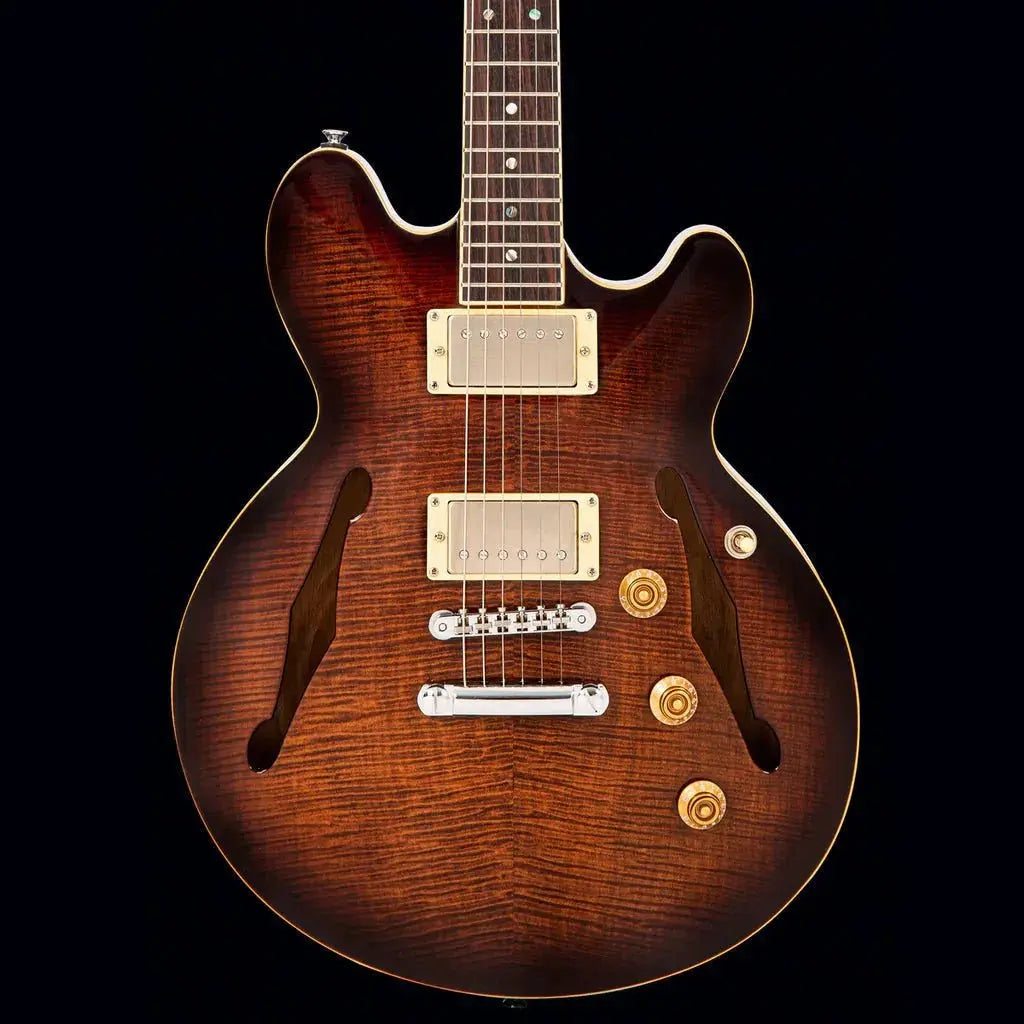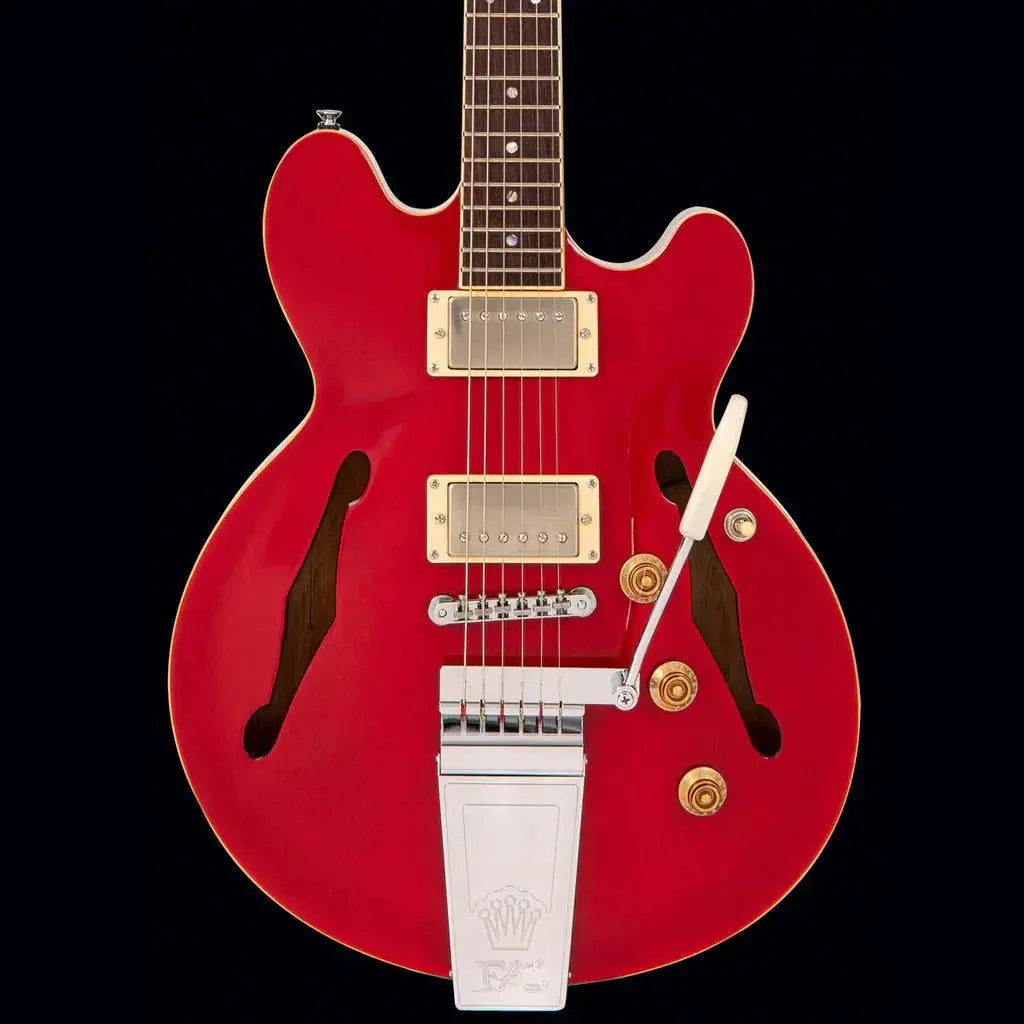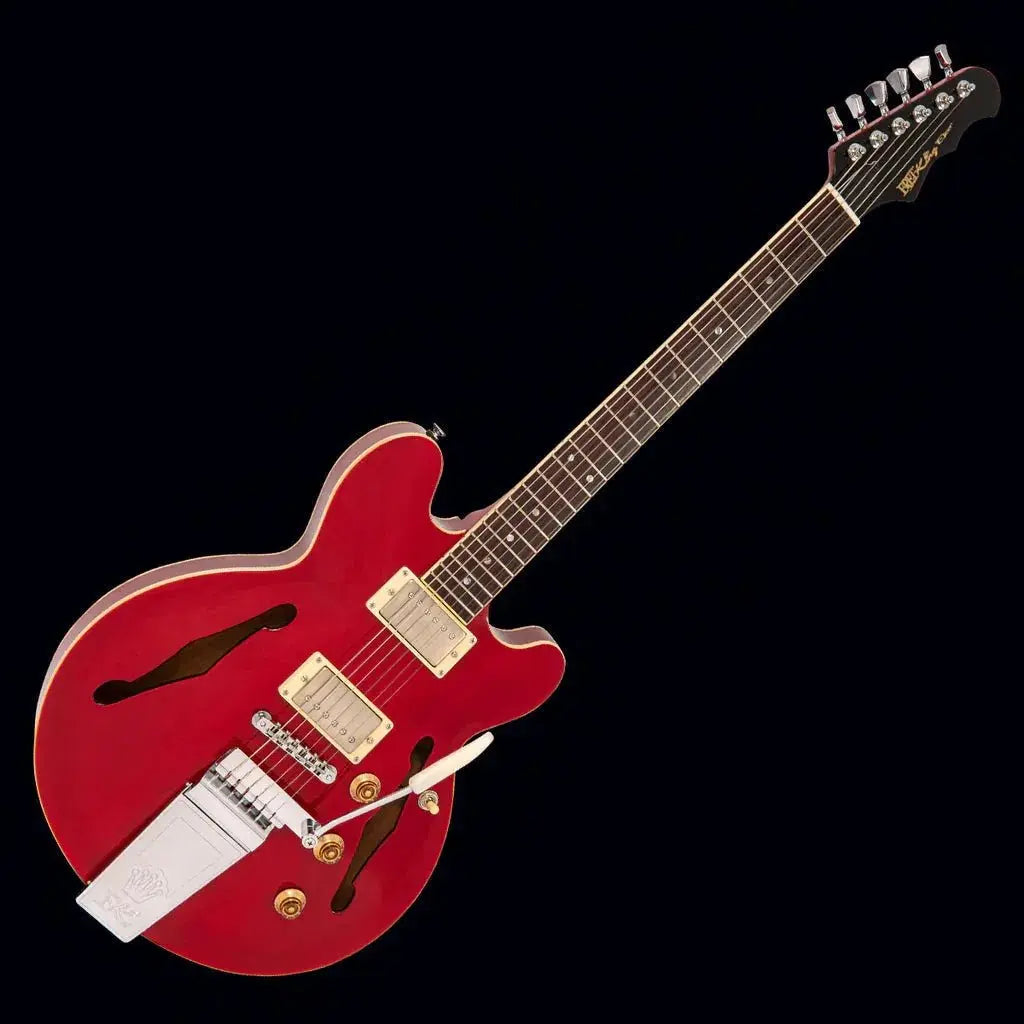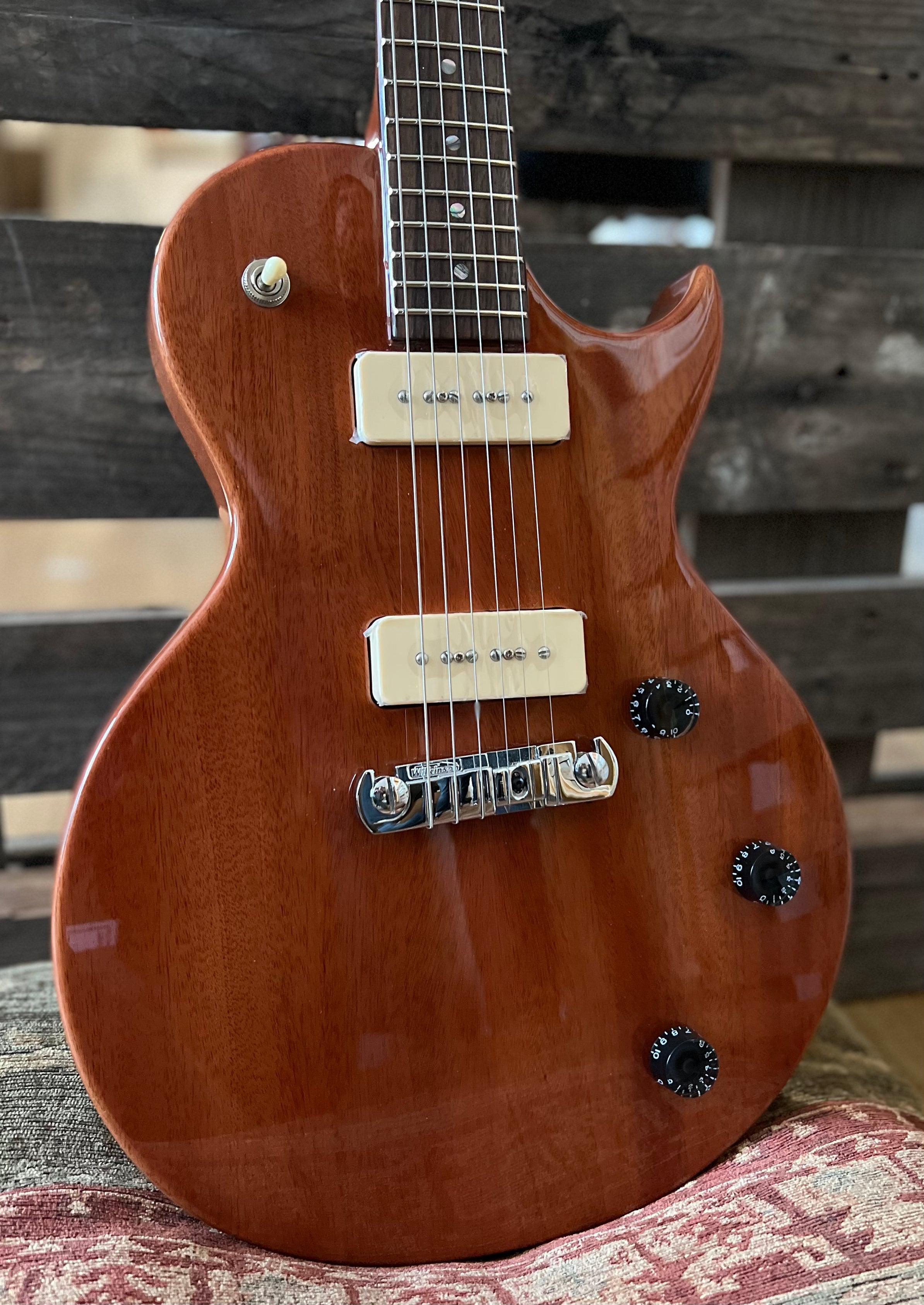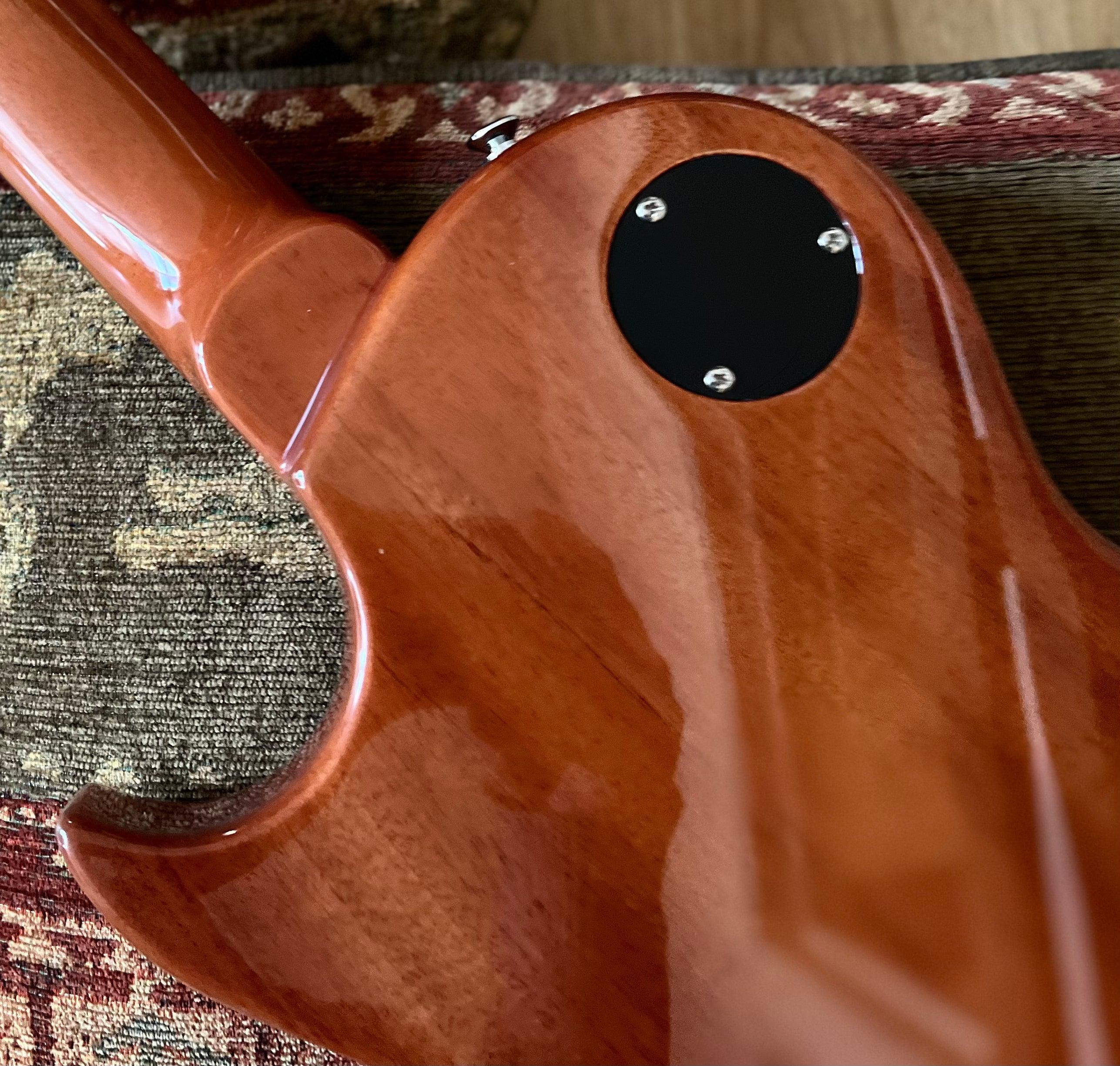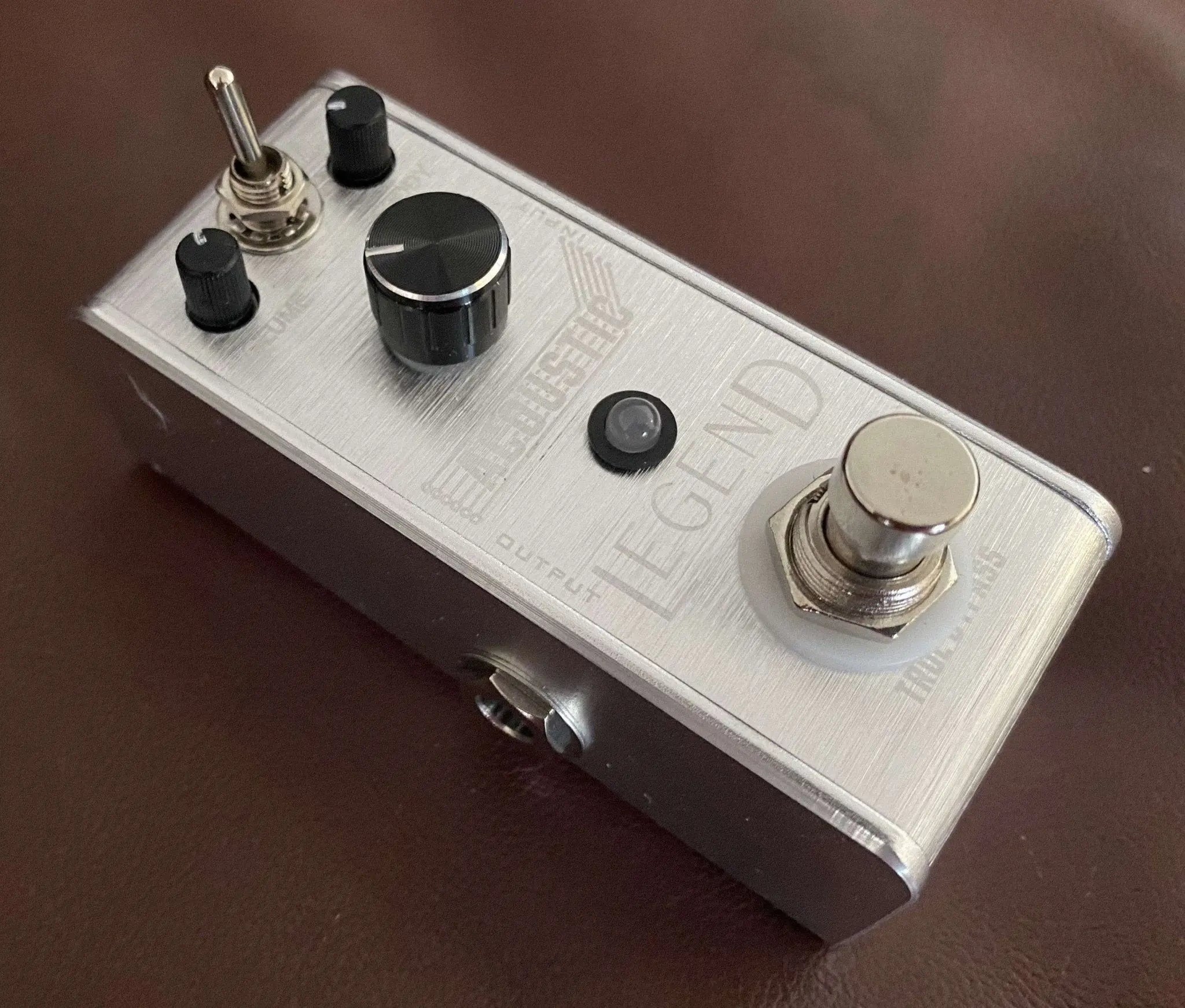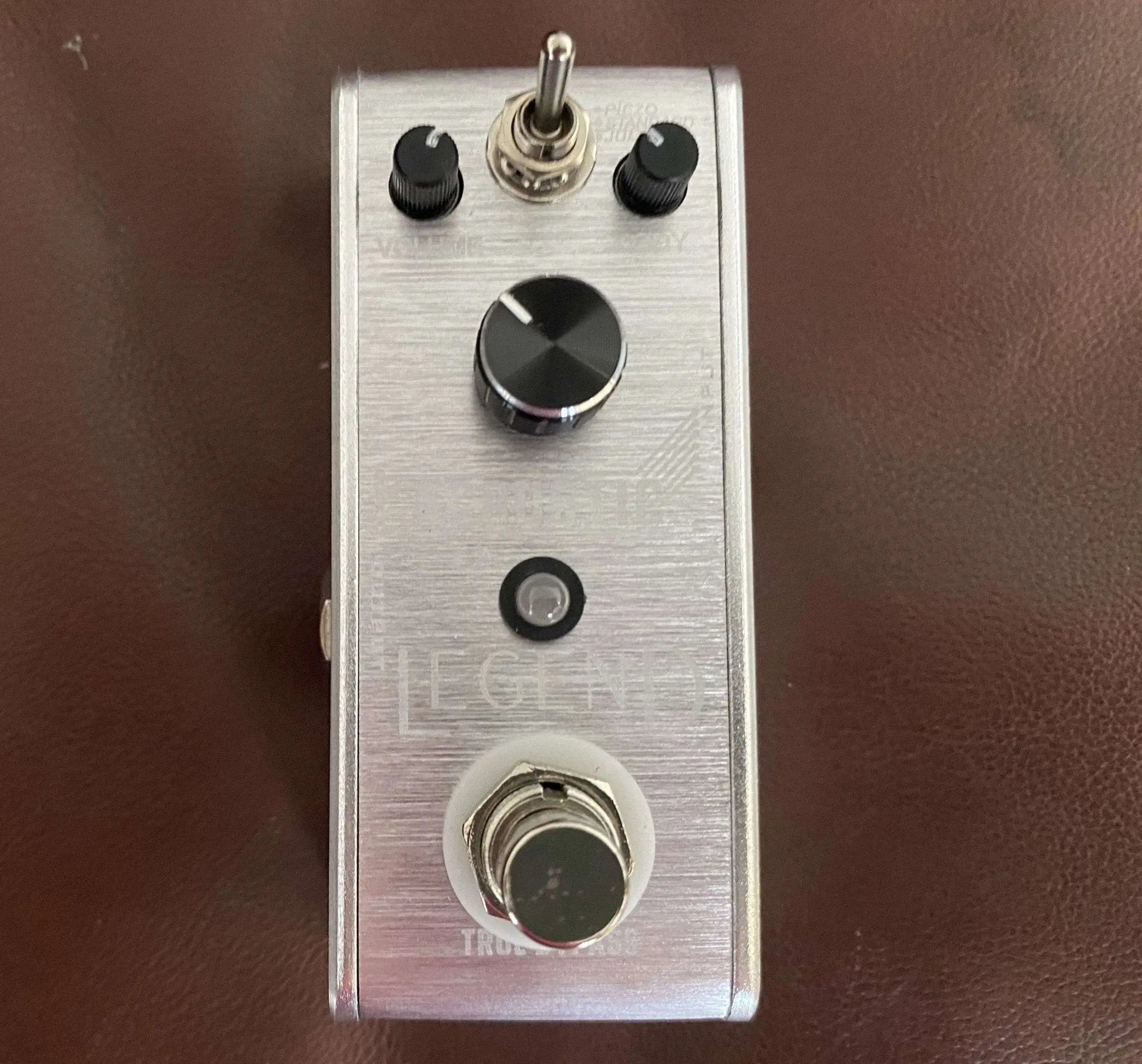Article: Which Bass Is Best For Me?
Which Bass Is Best For Me?
Choosing the Right Bass Guitar: A Beginner’s Guide to Styles and Options
Choosing the right bass guitar can be daunting for beginners. With so many styles available, it’s crucial to find the one that matches your musical aspirations, budget, and playing style. This guide will help you navigate the various styles of bass guitars and make an informed decision.
Understanding the Basics of Bass Guitars
Before diving into specific styles, let’s cover some basics. Bass guitars typically come in four-string, five-string, and six-string variants. The four-string bass is the most common and ideal for beginners due to its simplicity. Five-string and six-string basses offer extended range and versatility, catering more to advanced players.
Popular Styles of Bass Guitars
-
Precision Bass (P-Bass)
- Overview: Introduced by Fender in the 1950s, the Precision Bass is known for its punchy and full-bodied tone.
- Best For: Rock, punk, and blues.
- Pros: Simple design, versatile sound, comfortable to play.
- Cons: Limited tonal variation compared to other styles.
-
Jazz Bass (J-Bass)
- Overview: Another Fender classic, the Jazz Bass features a slimmer neck and two single-coil pickups, offering a brighter and more articulate sound.
- Best For: Jazz, funk, and R&B.
- Pros: Wide tonal range, comfortable neck, great for slap bass techniques.
- Cons: Can be more complex to set up and use.
-
Hollow Body Bass
- Overview: These basses have a hollow or semi-hollow body, producing a warm and resonant tone.
- Best For: Jazz, blues, and vintage rock.
- Pros: Rich, warm sound, lightweight.
- Cons: More prone to feedback, less sustain.
-
Solid Body Bass
- Overview: The most common type, solid body basses are versatile and durable, suitable for various music genres.
- Best For: Rock, metal, pop, and more.
- Pros: Durable, versatile, good sustain.
- Cons: Heavier than hollow body basses.
-
Acoustic Bass
- Overview: Acoustic basses are similar to acoustic guitars but with a larger body and longer neck. They can be played unplugged or amplified.
- Best For: Folk, country, and unplugged performances.
- Pros: Can be played without an amp, warm acoustic tone.
- Cons: Limited volume when unplugged, can be bulky.
Key Considerations for Beginners
-
Budget
- Set a realistic budget. Entry-level bass guitars range from $100 to $400. Investing in a reputable brand ensures better build quality and sound.
-
Comfort and Playability
- Ensure the bass feels comfortable. Check the neck profile, weight, and overall balance. A bass that feels good in your hands encourages practice and growth.
-
Versatility
- Beginners should opt for a versatile bass that can handle various music styles. The Precision and Jazz Bass are excellent choices due to their adaptability.
-
Amplification
- Remember that you’ll need an amp to play an electric bass. Factor this into your budget. Combo amps, which include the amplifier and speaker in one unit, are ideal for beginners.
-
Brand Reputation
- Stick to reputable brands like Fender, Yamaha, and Ibanez. These companies have a long history of producing reliable and high-quality instruments.
Tips for Trying Out Bass Guitars
- Play Various Models: Visit a music store and try different basses. Pay attention to how each one feels and sounds.
- Consult Experts: Don’t hesitate to ask store staff or experienced bassists for advice.
- Research Online: Read reviews and watch video demos to get an idea of how different basses perform in real-world scenarios.
Conclusion
Choosing the right bass guitar is a crucial step for any beginner. By understanding the different styles and considering factors like budget, comfort, and versatility, you can find the perfect bass to kickstart your musical journey. Whether you gravitate towards the classic tones of a Precision Bass or the modern versatility of a Jazz Bass, the right instrument will inspire you to practice and grow as a musician. Happy playing!
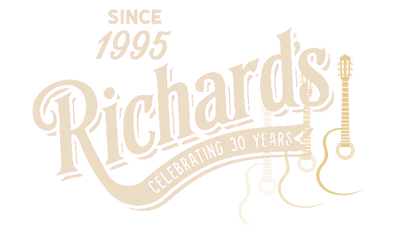
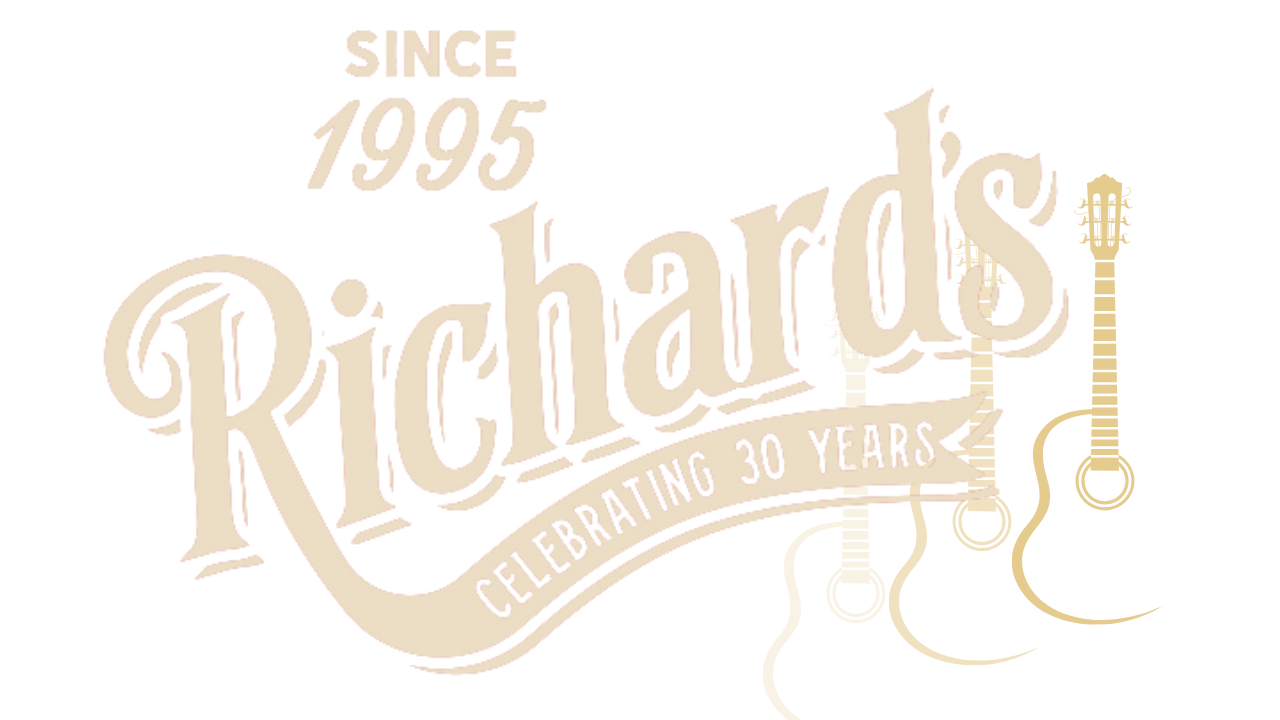


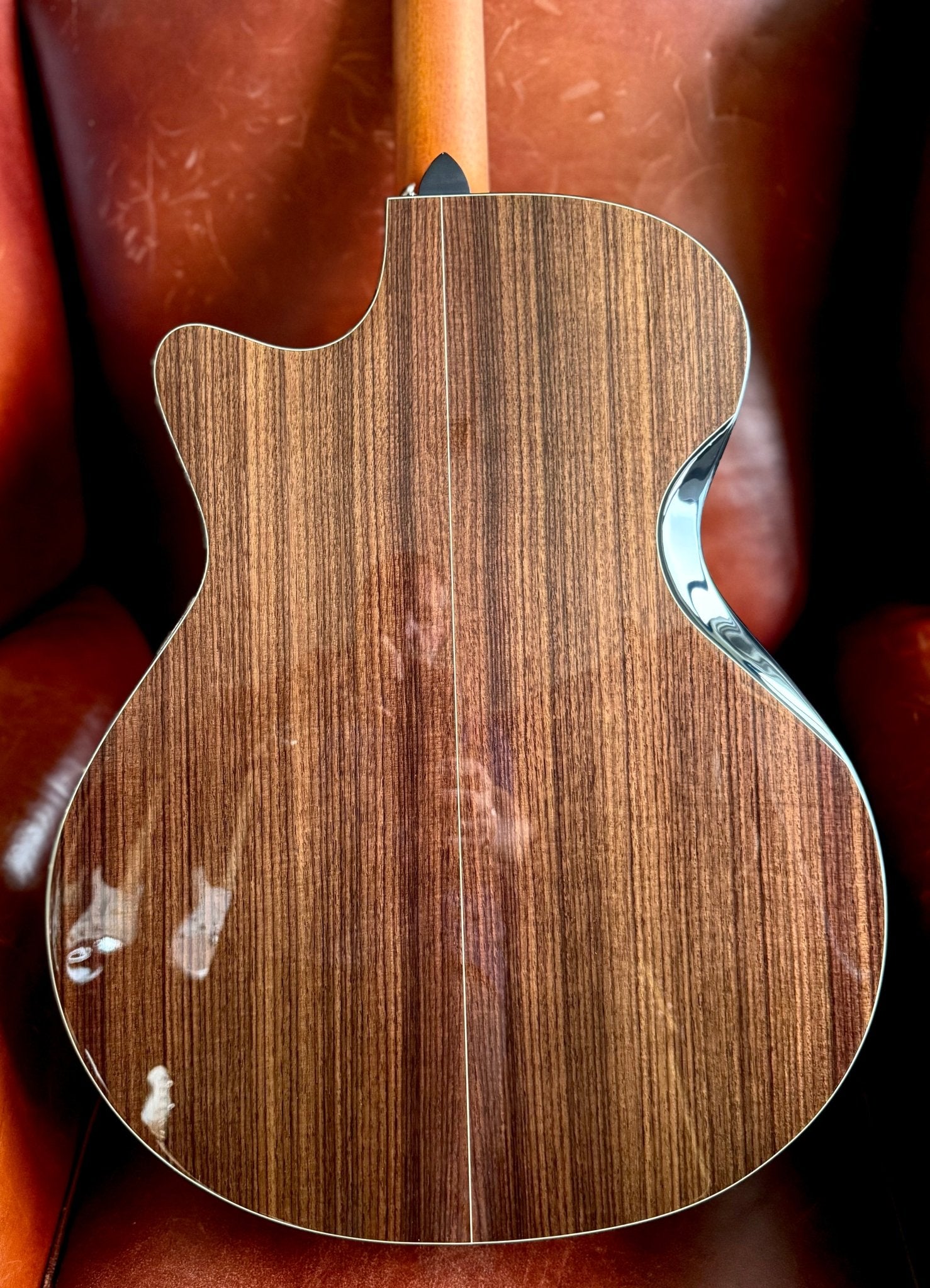
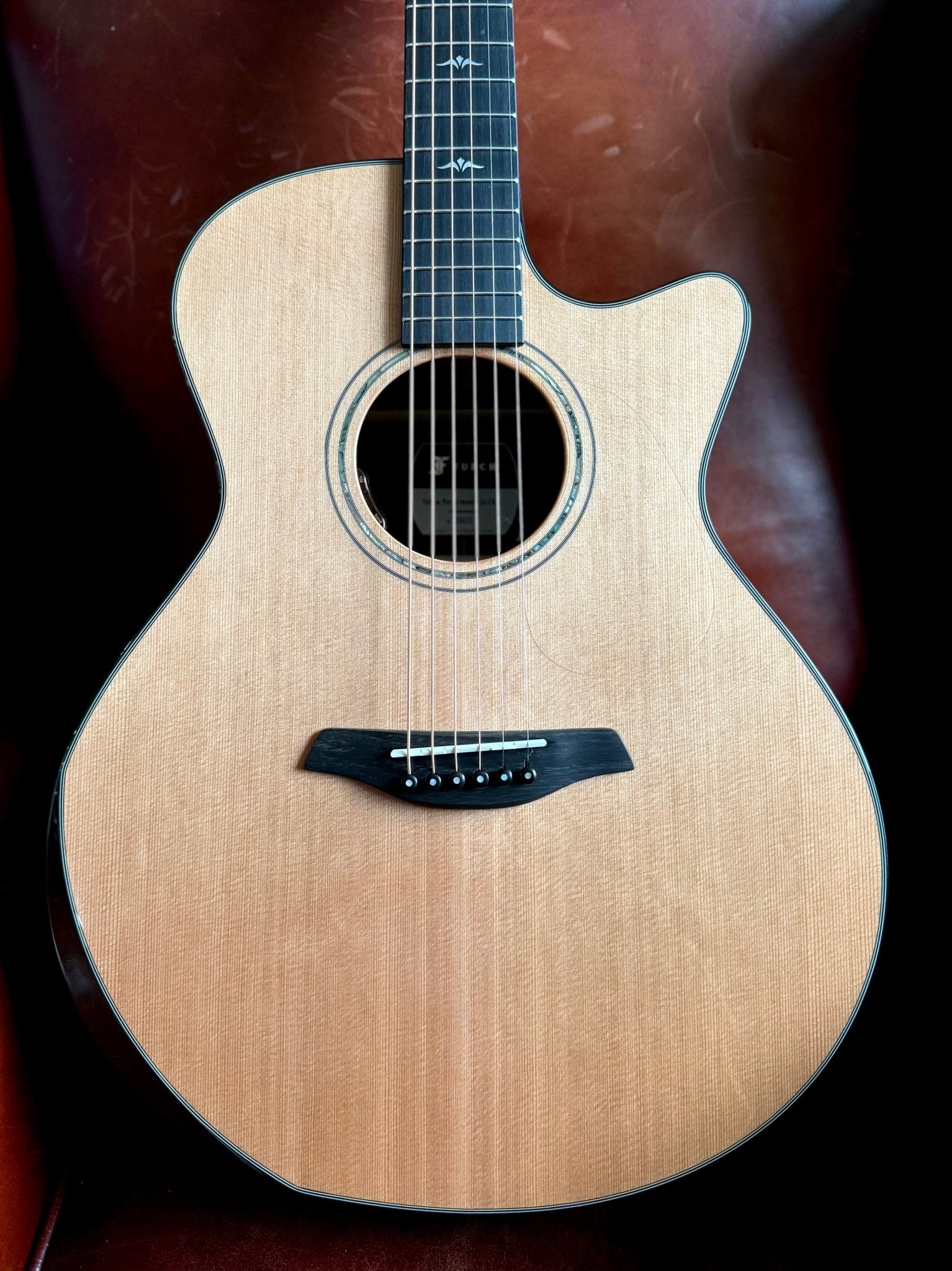
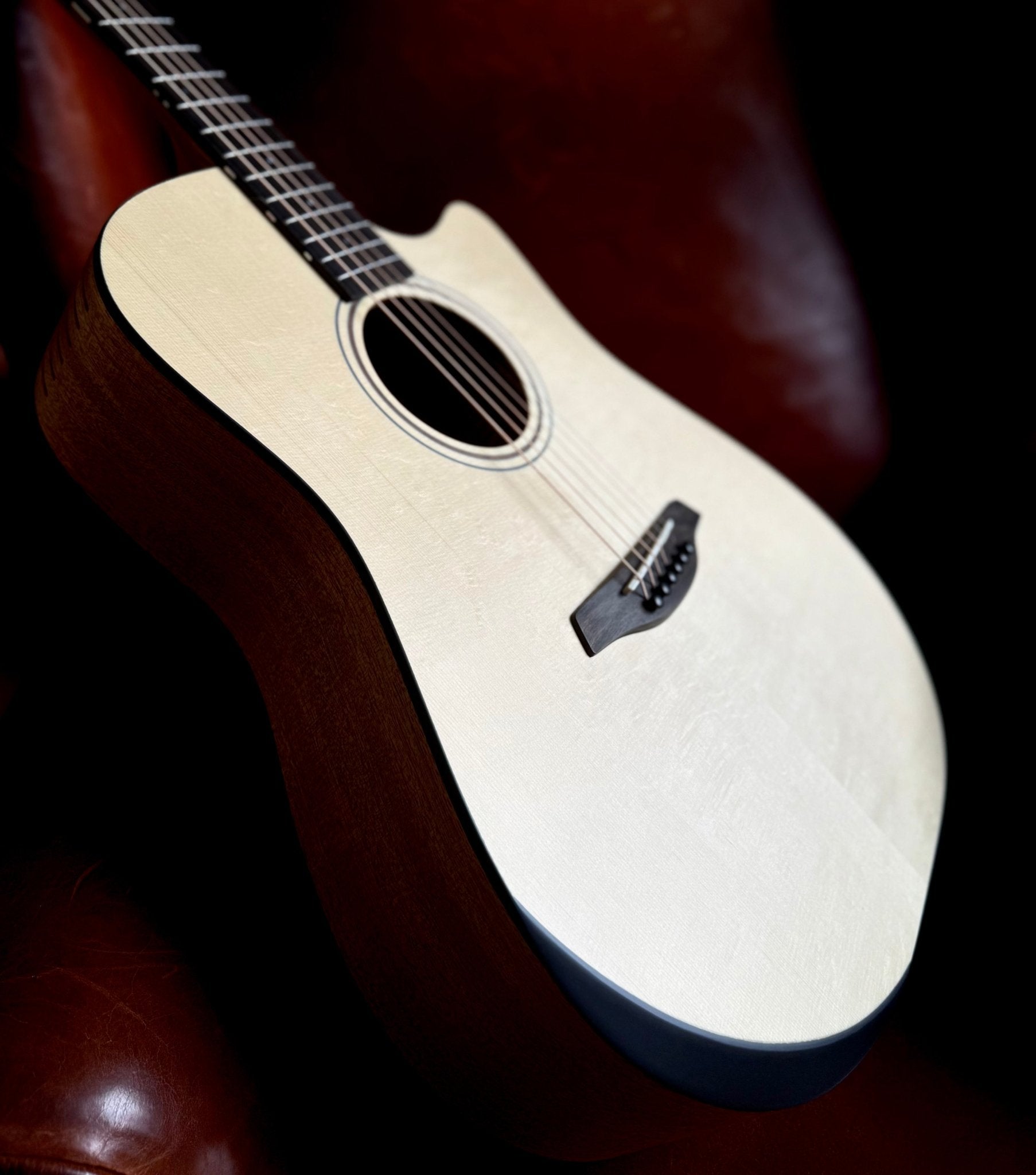
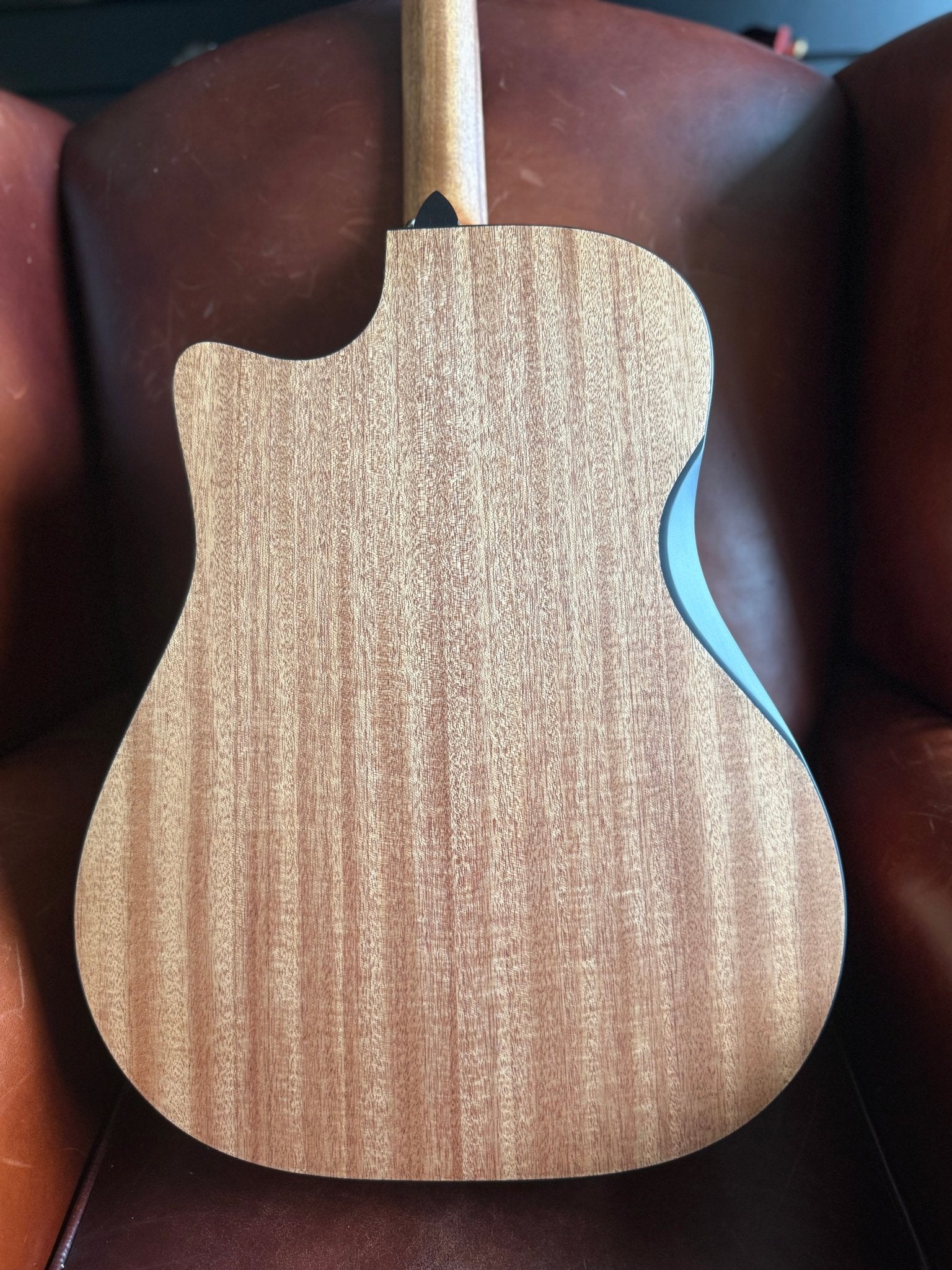
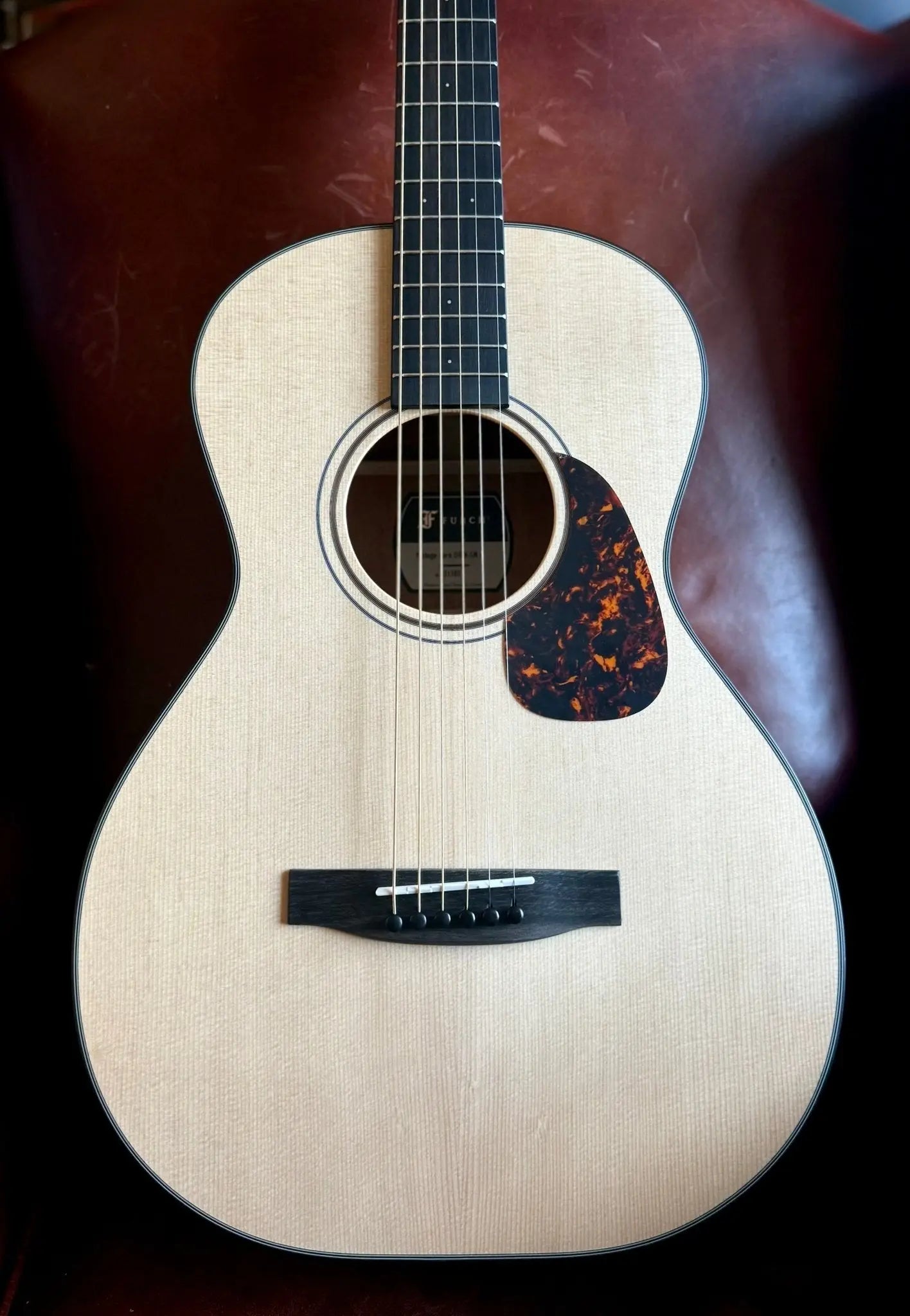
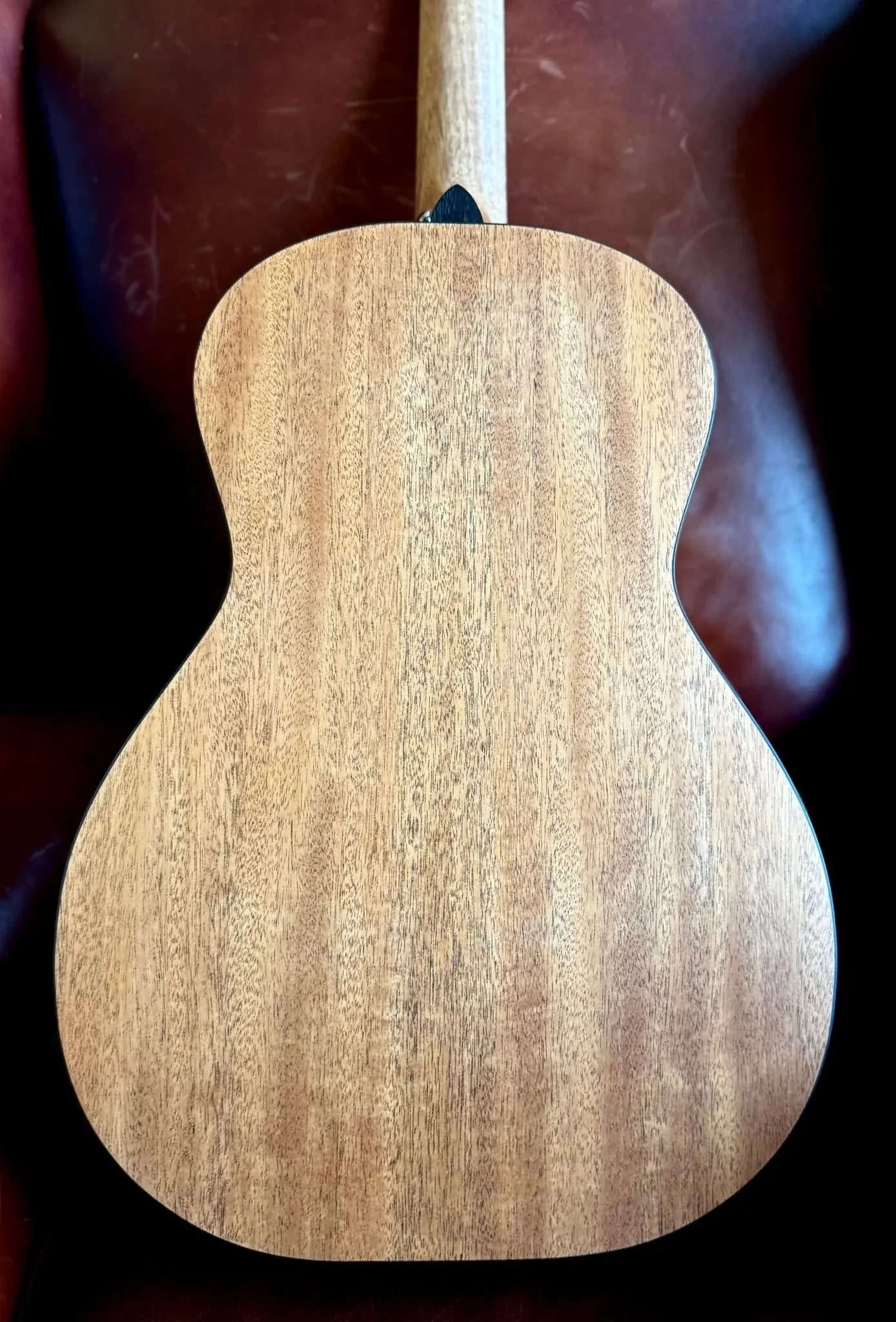
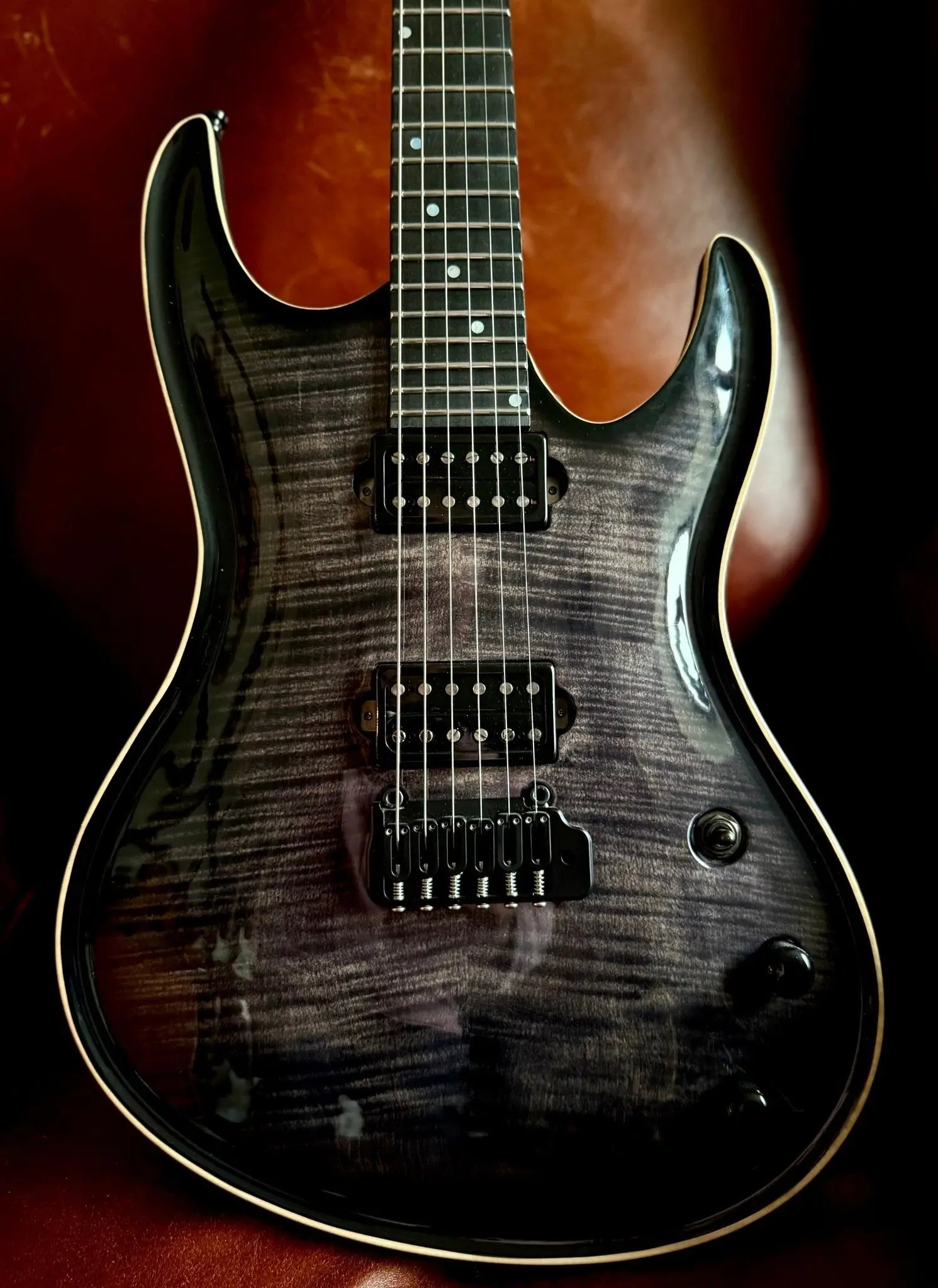
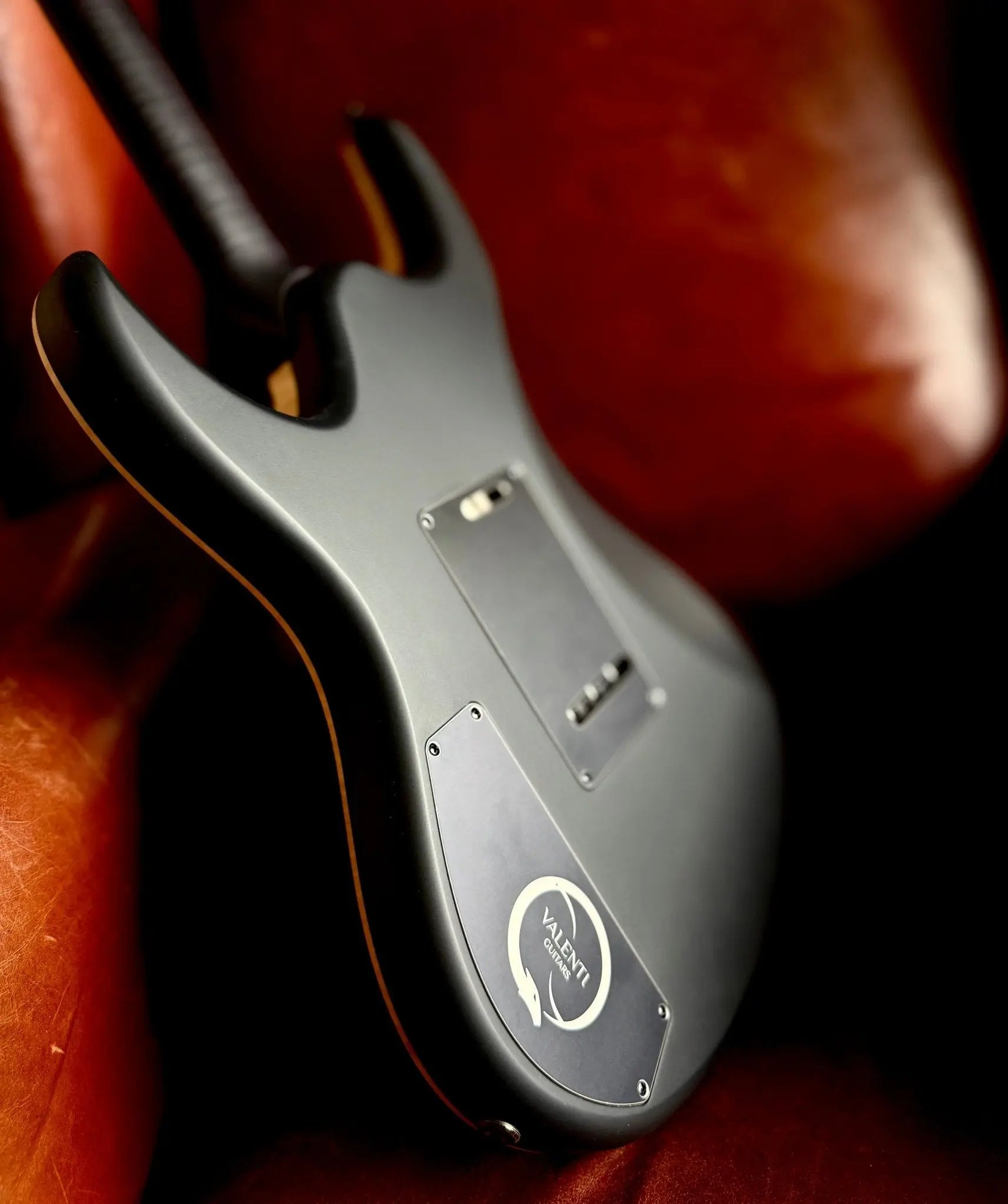
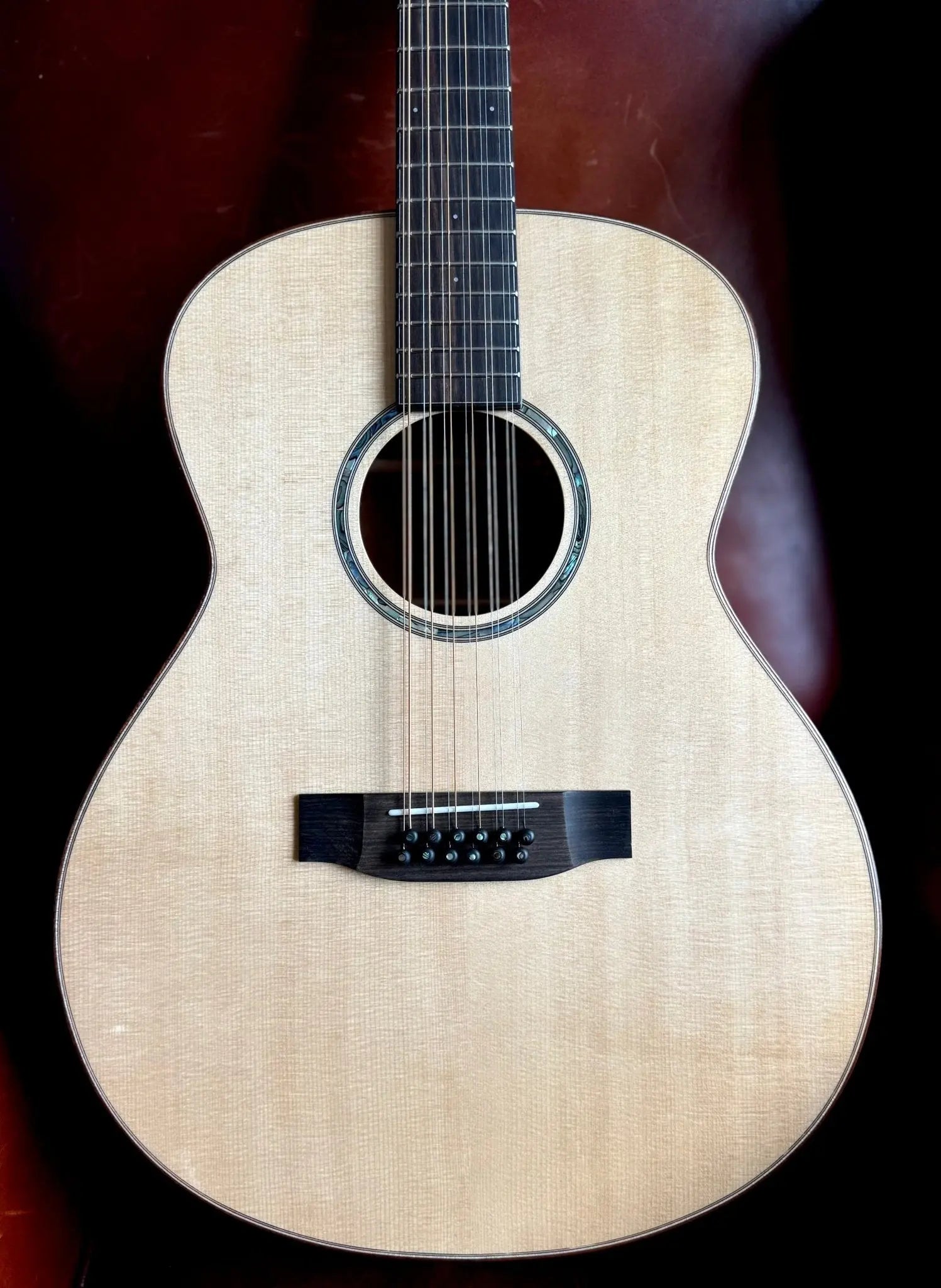
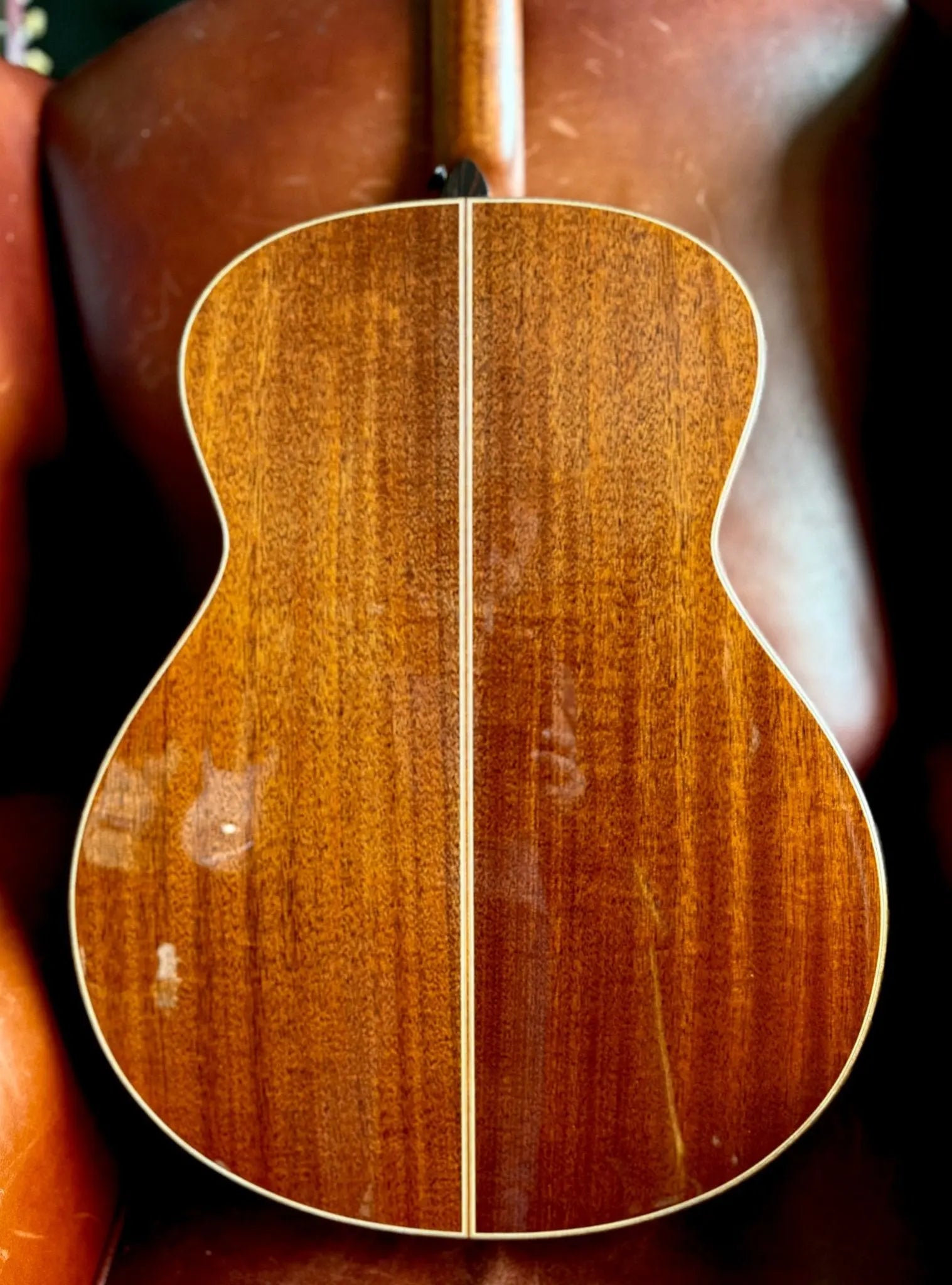
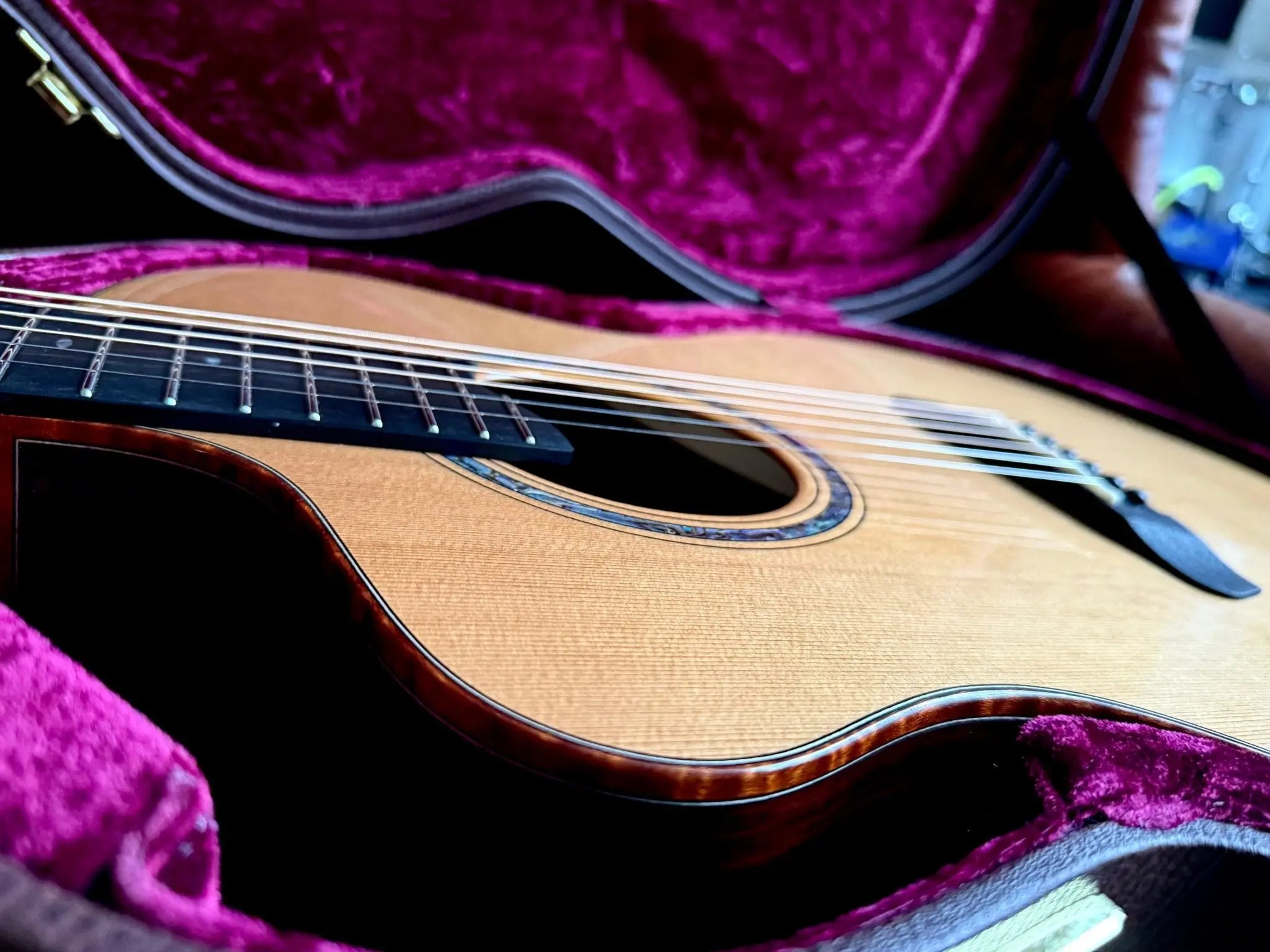
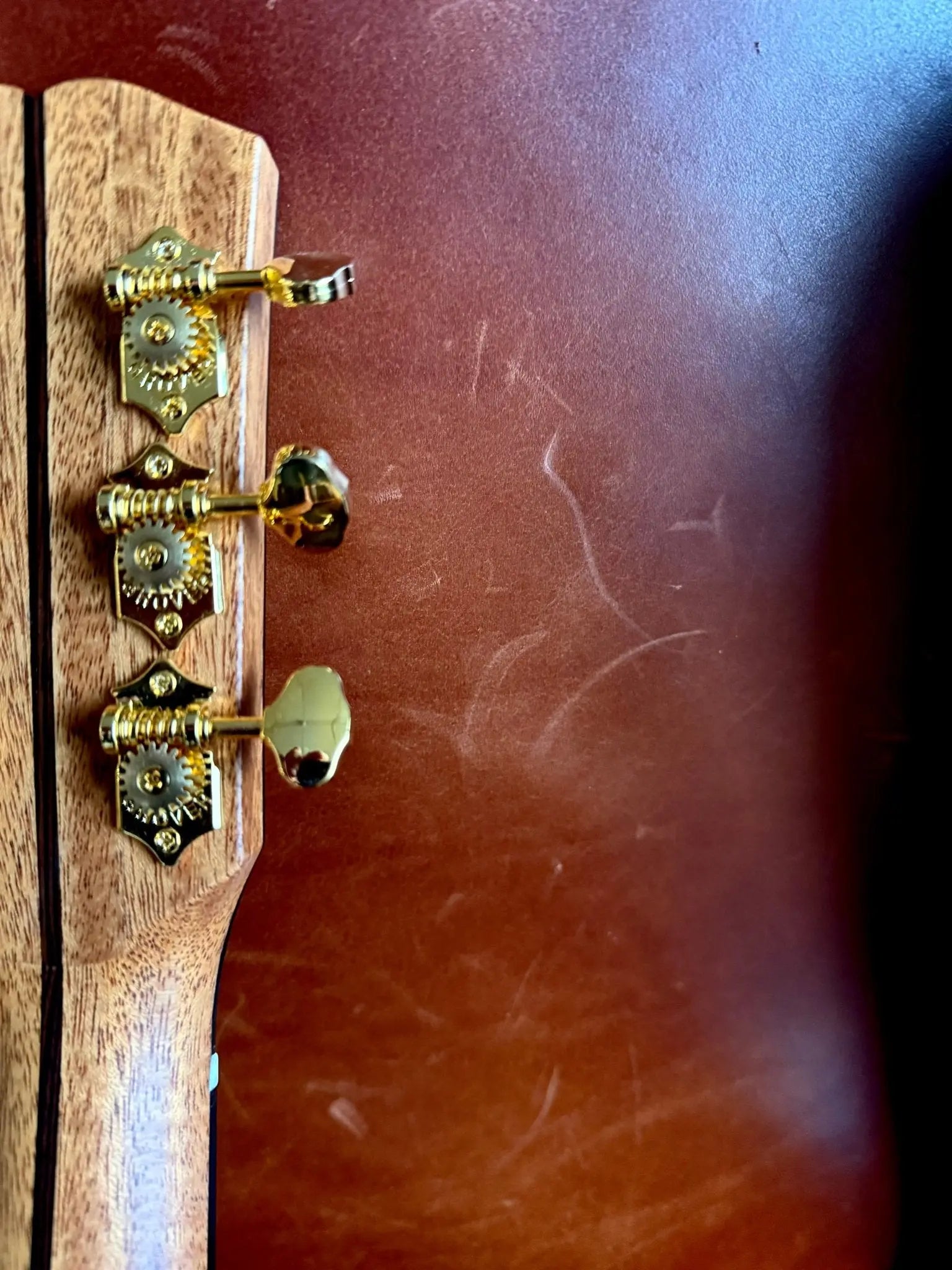
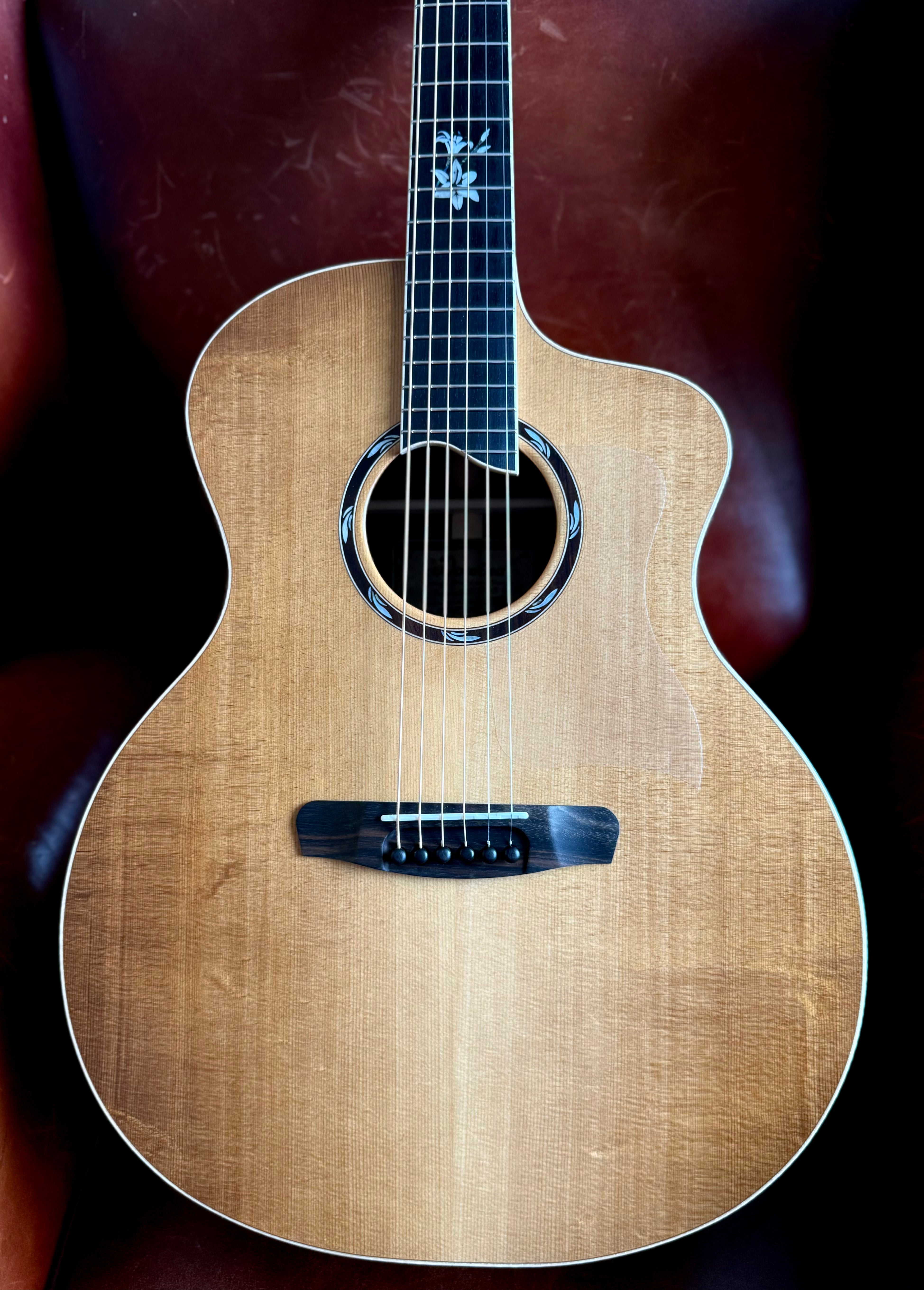
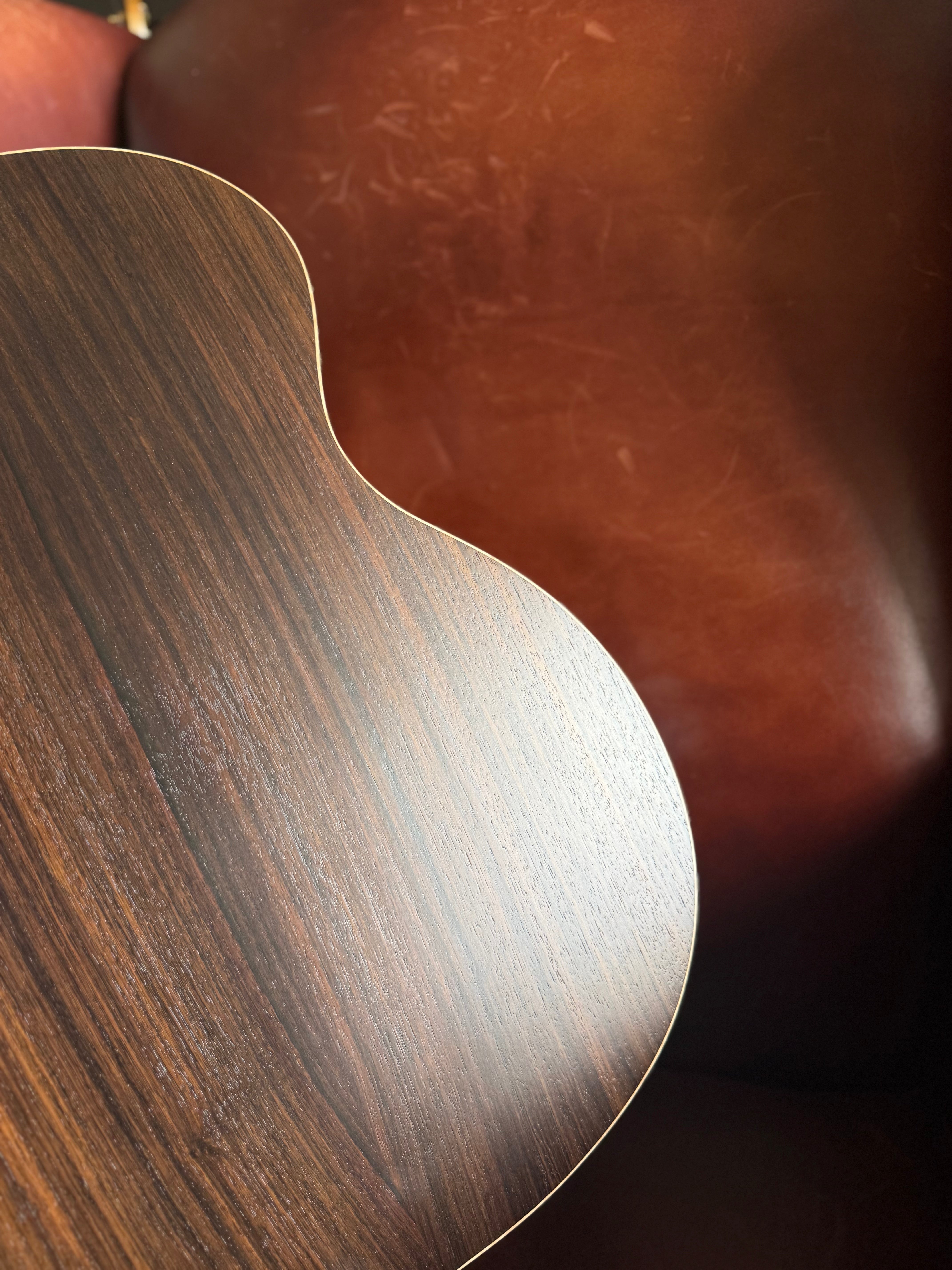
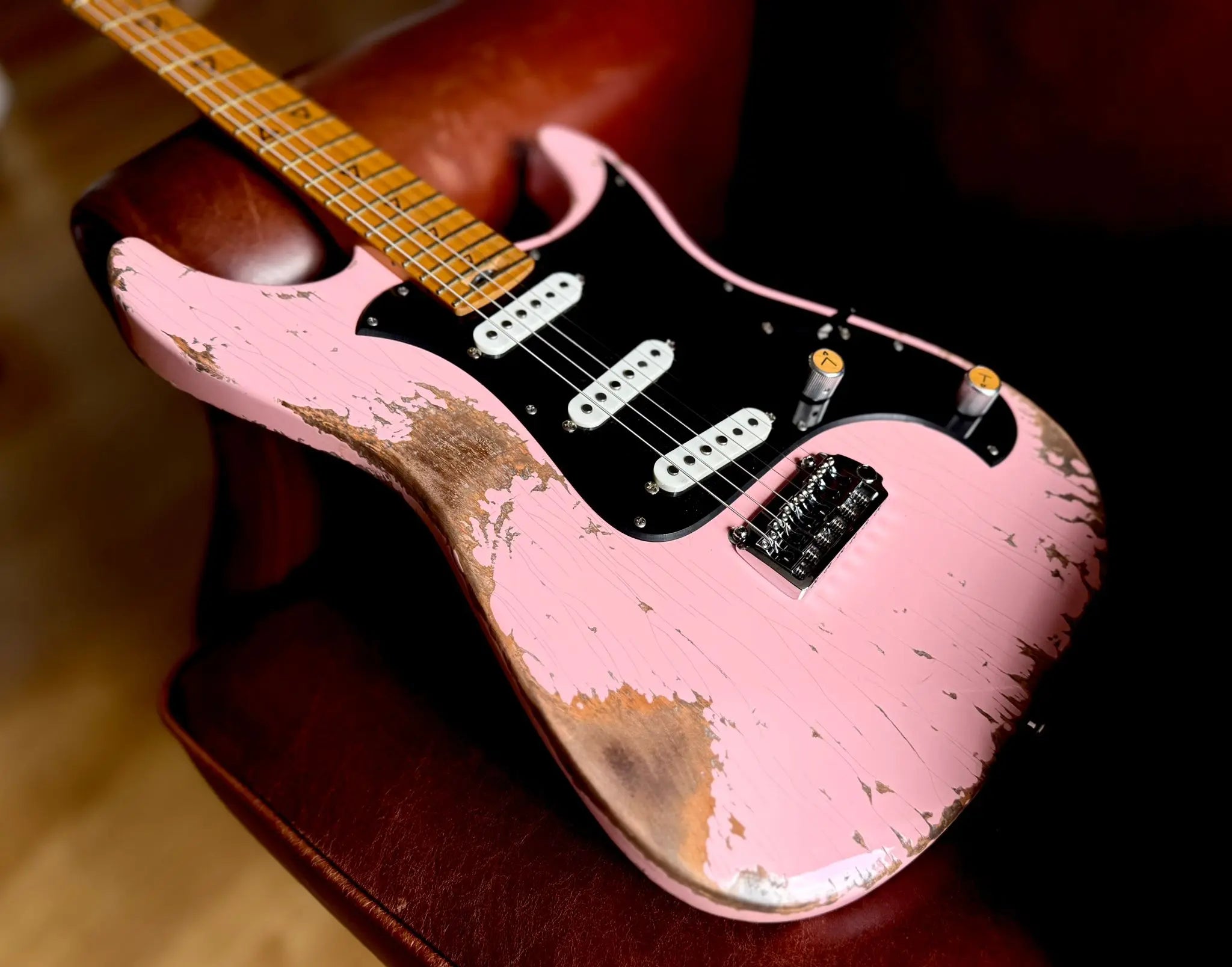
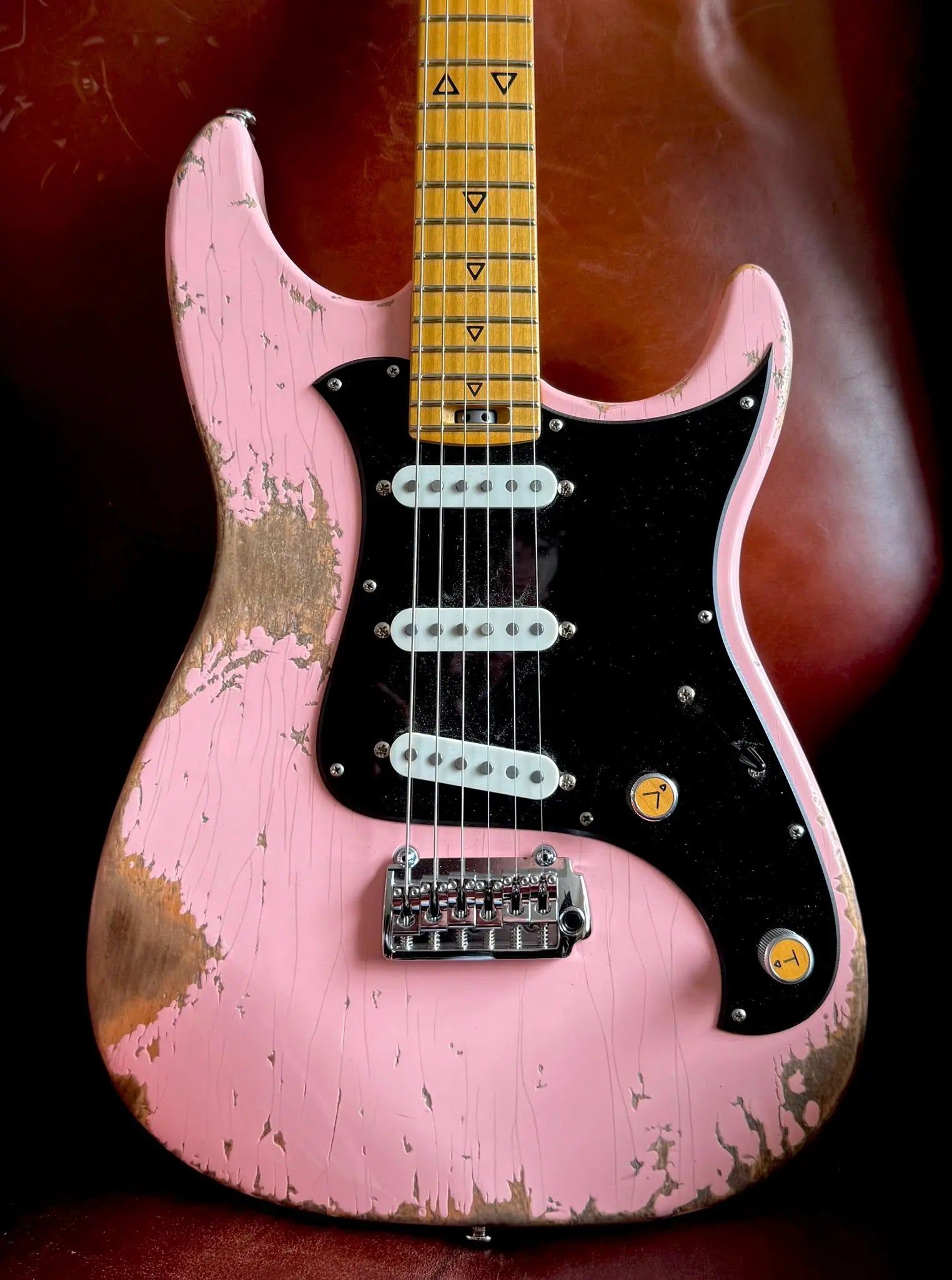
![Dowina Custom Build Ebony GAC [Used] - Richards Guitars Of Stratford Upon Avon](http://rguitars.co.uk/cdn/shop/files/dowina-custom-build-ebony-gac-used-8380154.jpg?v=1761853694&width=1080)
![Dowina Custom Build Ebony GAC [Used] - Richards Guitars Of Stratford Upon Avon](http://rguitars.co.uk/cdn/shop/files/dowina-custom-build-ebony-gac-used-7892334.jpg?v=1761853693&width=1049)
![Faith FVHG Venus HiGloss [Used] - Richards Guitars Of Stratford Upon Avon](http://rguitars.co.uk/cdn/shop/files/faith-fvhg-venus-higloss-used-5352824.jpg?v=1761853696&width=1364)
![Faith FVHG Venus HiGloss [Used] - Richards Guitars Of Stratford Upon Avon](http://rguitars.co.uk/cdn/shop/files/faith-fvhg-venus-higloss-used-4755263.jpg?v=1761853697&width=1080)
![G&L USA Made ASAT - late 80s/early 90s [Used] - Richards Guitars Of Stratford Upon Avon](http://rguitars.co.uk/cdn/shop/files/gl-usa-made-asat-late-80searly-90s-used-1091932.jpg?v=1761670676&width=1378)
![G&L USA Made ASAT - late 80s/early 90s [Used] - Richards Guitars Of Stratford Upon Avon](http://rguitars.co.uk/cdn/shop/files/gl-usa-made-asat-late-80searly-90s-used-7964817.jpg?v=1761670677&width=1828)
![Eastman E10 OM [Used] - Richards Guitars Of Stratford Upon Avon](http://rguitars.co.uk/cdn/shop/files/eastman-e10-om-used-9764679.jpg?v=1760421594&width=1376)
![Eastman E10 OM [Used] - Richards Guitars Of Stratford Upon Avon](http://rguitars.co.uk/cdn/shop/files/eastman-e10-om-used-7616524.jpg?v=1760421596&width=1402)
![Eastman AC630 - SB [Used] - Richards Guitars Of Stratford Upon Avon](http://rguitars.co.uk/cdn/shop/files/eastman-ac630-sb-used-5743157.jpg?v=1760421581&width=1080)
![Eastman AC630 - SB [Used] - Richards Guitars Of Stratford Upon Avon](http://rguitars.co.uk/cdn/shop/files/eastman-ac630-sb-used-2967411.jpg?v=1760421593&width=1569)
![Fender Vintera Telecaster Deluxe - 3 Colour Sunburst [used] guitar for sale uk](http://rguitars.co.uk/cdn/shop/files/fender-vintera-telecaster-deluxe-3-colour-sunburst-used-7798425.jpg?v=1760421462&width=1506)
![Fender Vintera Telecaster Deluxe - 3 Colour Sunburst [used] guitar for sale uk](http://rguitars.co.uk/cdn/shop/files/fender-vintera-telecaster-deluxe-3-colour-sunburst-used-1236166.jpg?v=1760421462&width=1409)
![Fender American Professional II Jazzmaster - Dark Night [Used] guitar for sale uk](http://rguitars.co.uk/cdn/shop/files/fender-american-professional-ii-jazzmaster-dark-night-used-6840250.jpg?v=1760421430&width=1602)
![Fender American Professional II Jazzmaster - Dark Night [Used] guitar for sale uk](http://rguitars.co.uk/cdn/shop/files/fender-american-professional-ii-jazzmaster-dark-night-used-4375294.jpg?v=1760421432&width=1476)
![Martin LX1R Acoustic Travel Guitar [Used] guitar for sale uk](http://rguitars.co.uk/cdn/shop/files/martin-lx1r-acoustic-travel-guitar-used-8768250.jpg?v=1760421424&width=1080)
![Martin LX1R Acoustic Travel Guitar [Used] guitar for sale uk](http://rguitars.co.uk/cdn/shop/files/martin-lx1r-acoustic-travel-guitar-used-7575857.jpg?v=1760421426&width=1355)
![Guild Brian May "Red Special" Limited Edition - early 90s - One of 1000 [Used] guitar for sale uk](http://rguitars.co.uk/cdn/shop/files/guild-brian-may-red-special-limited-edition-early-90s-one-of-1000-used-6139630.jpg?v=1760421357&width=1492)
![Guild Brian May "Red Special" Limited Edition - early 90s - One of 1000 [Used] guitar for sale uk](http://rguitars.co.uk/cdn/shop/files/guild-brian-may-red-special-limited-edition-early-90s-one-of-1000-used-9797150.jpg?v=1760421365&width=1644)
